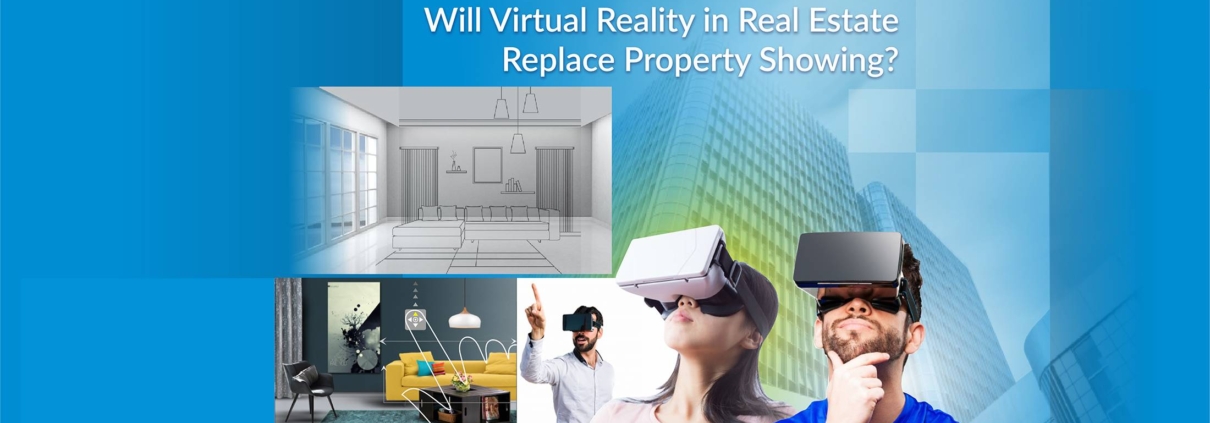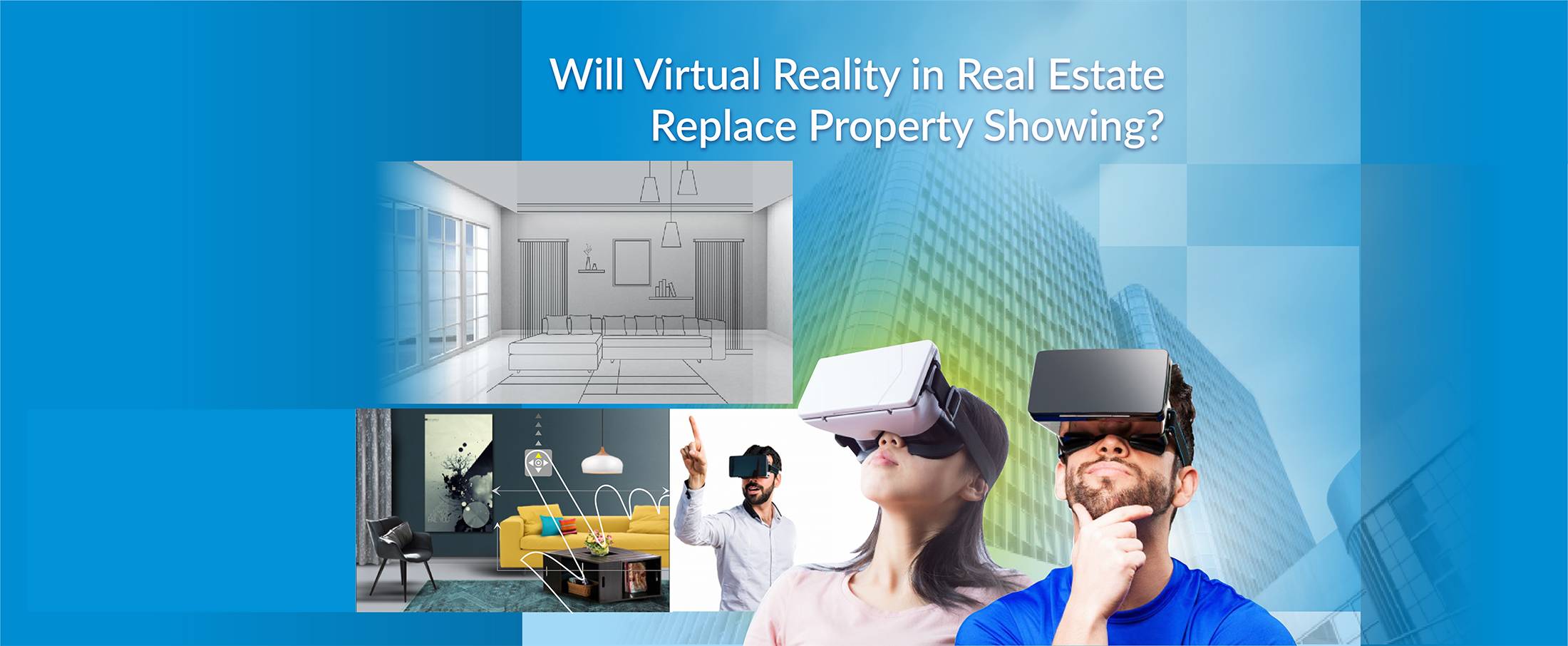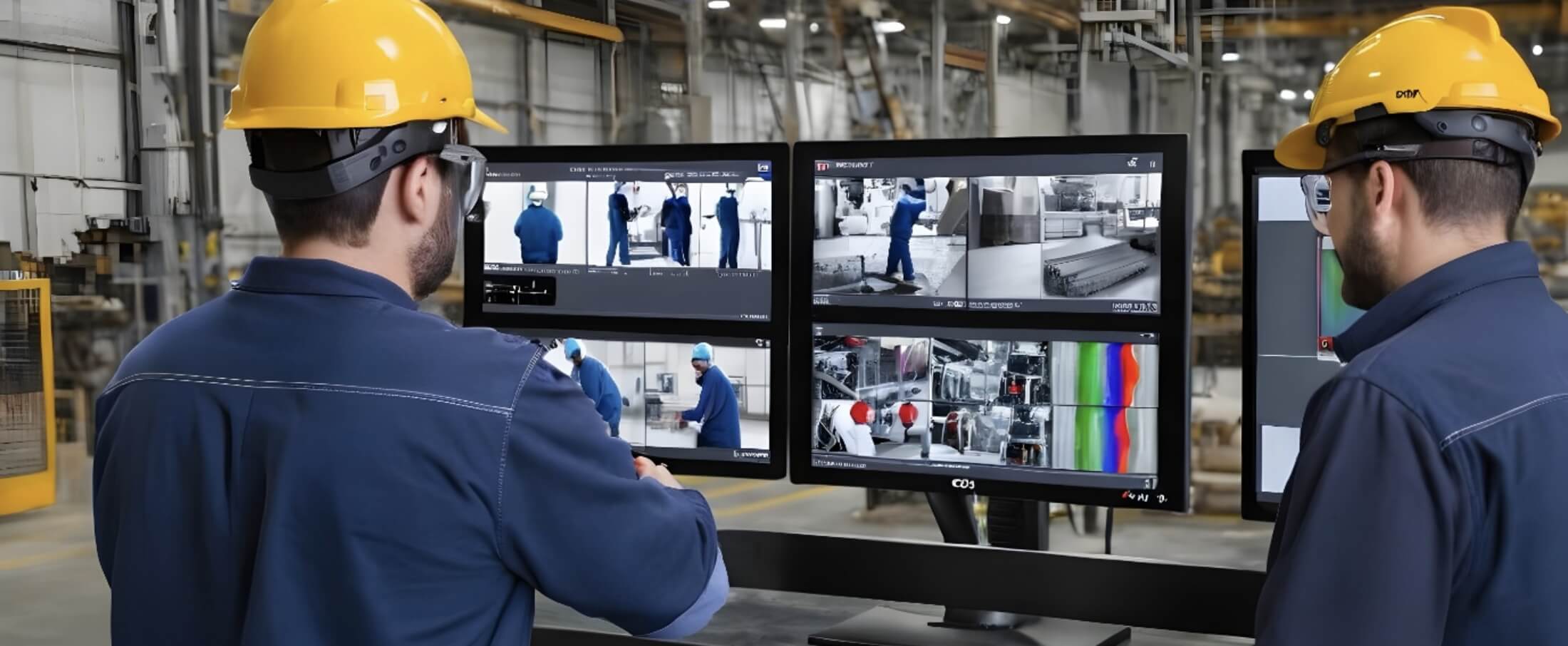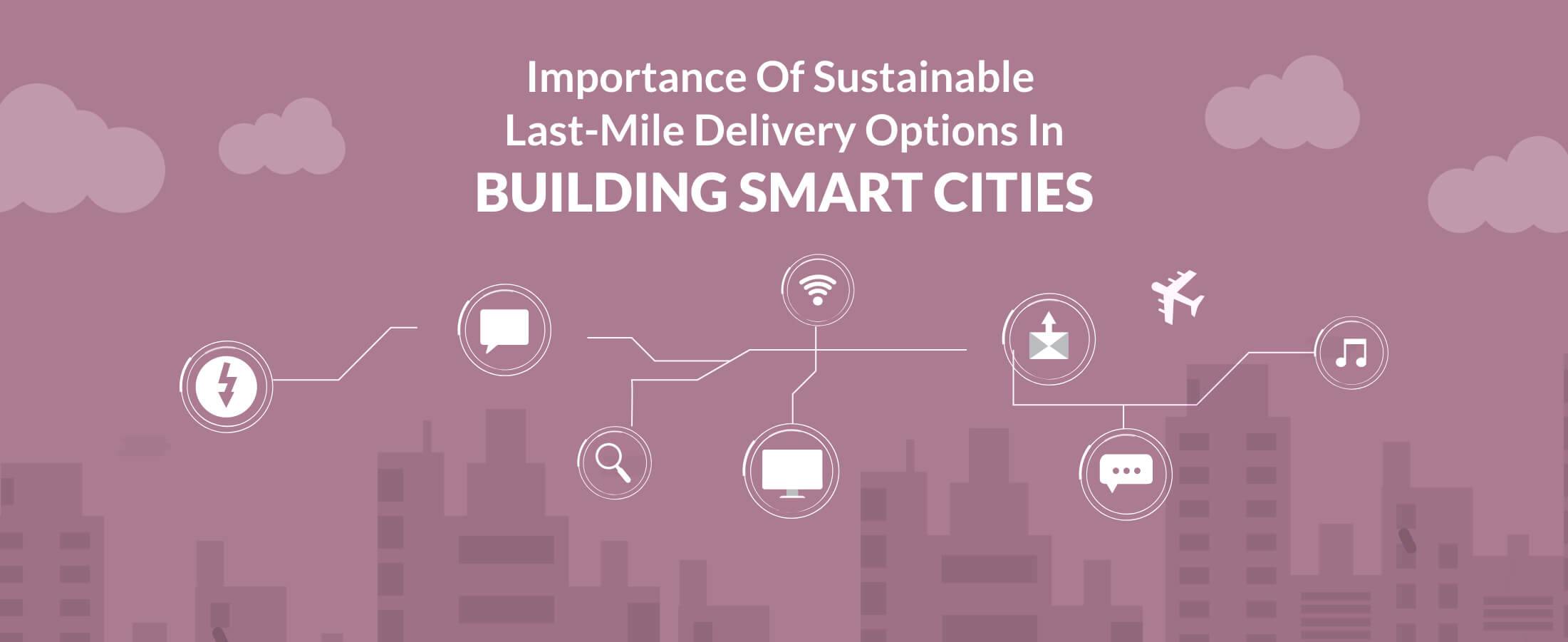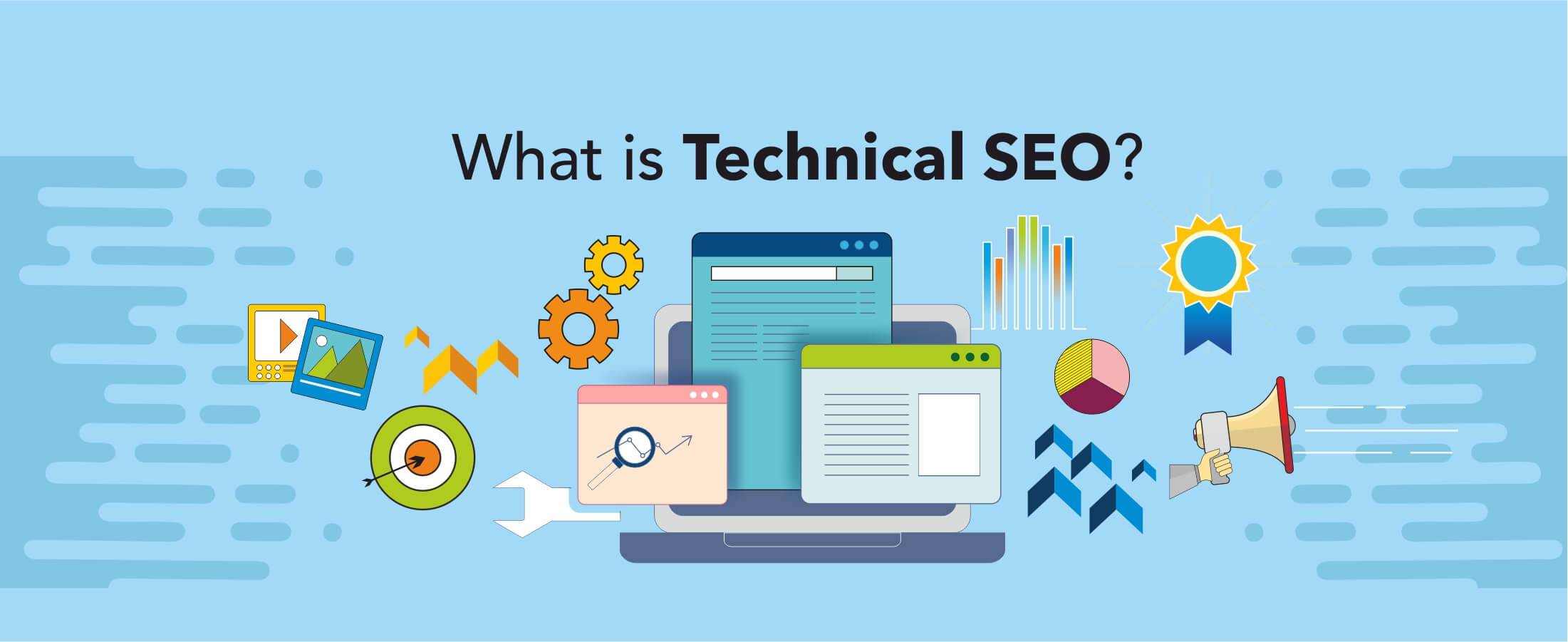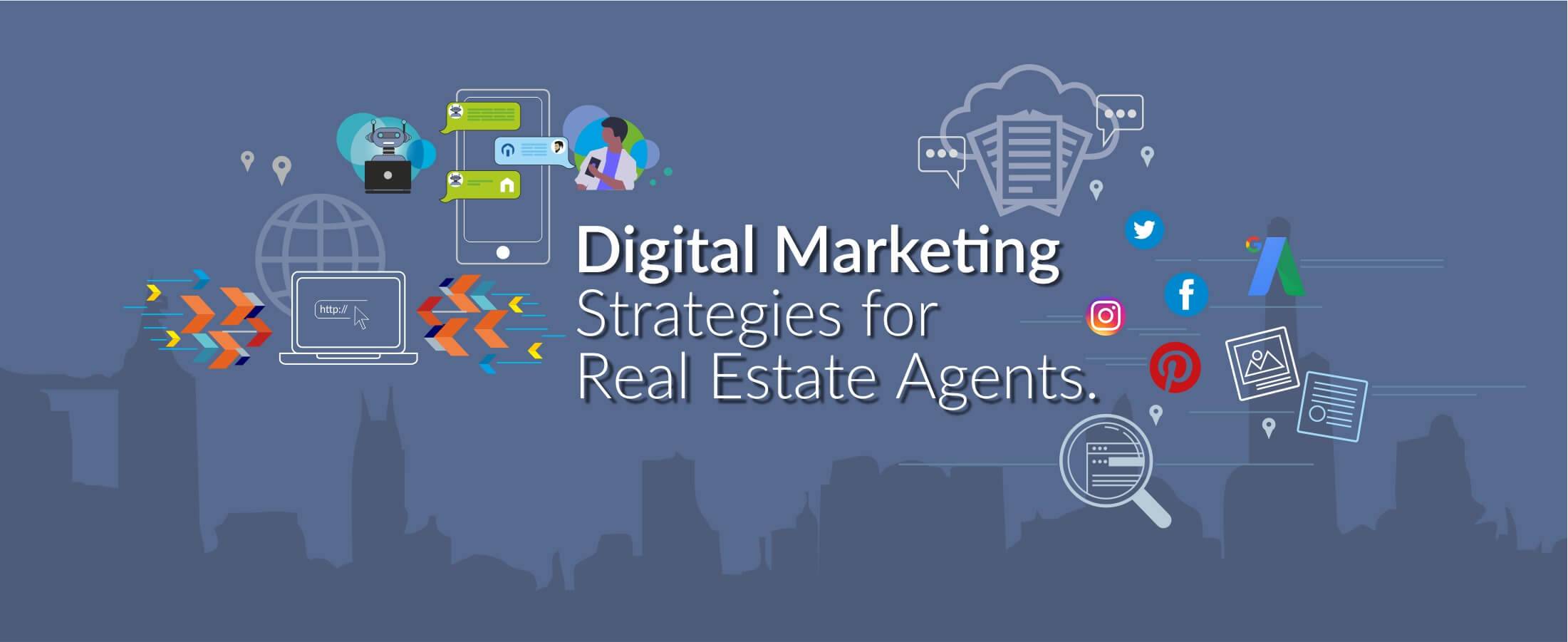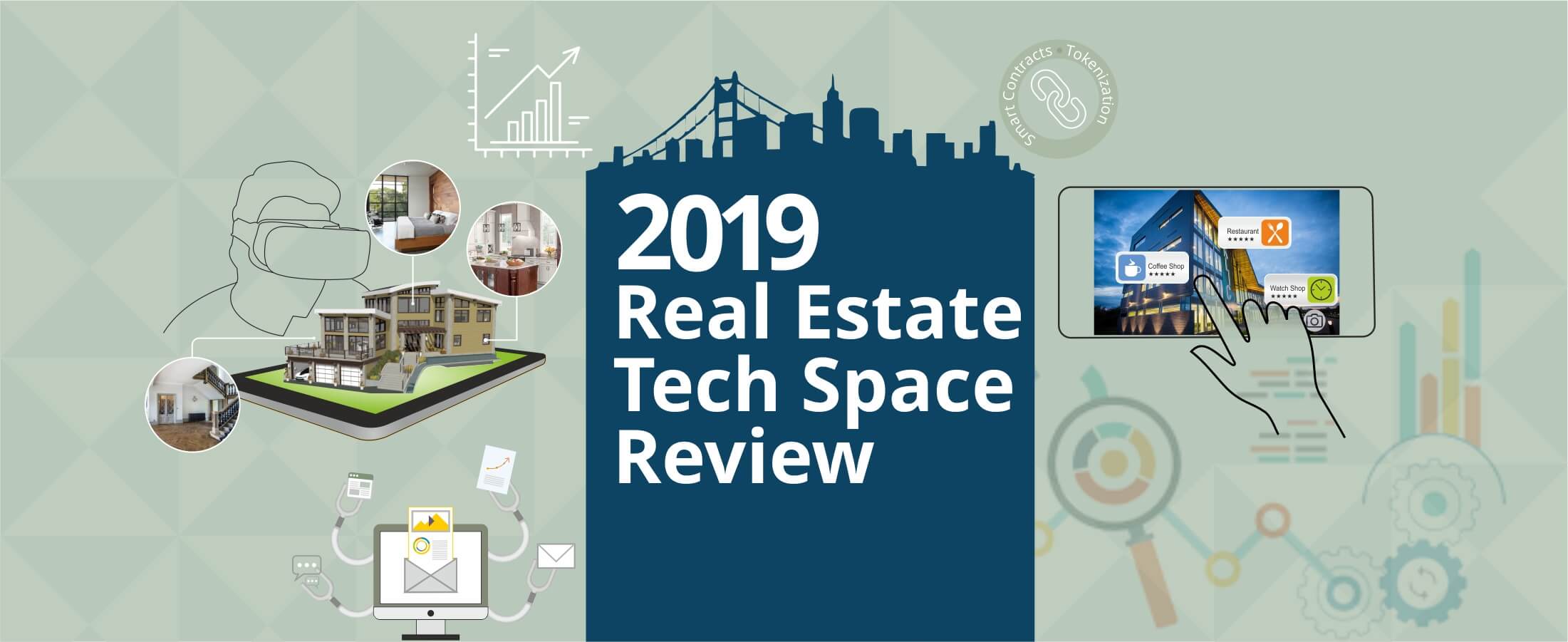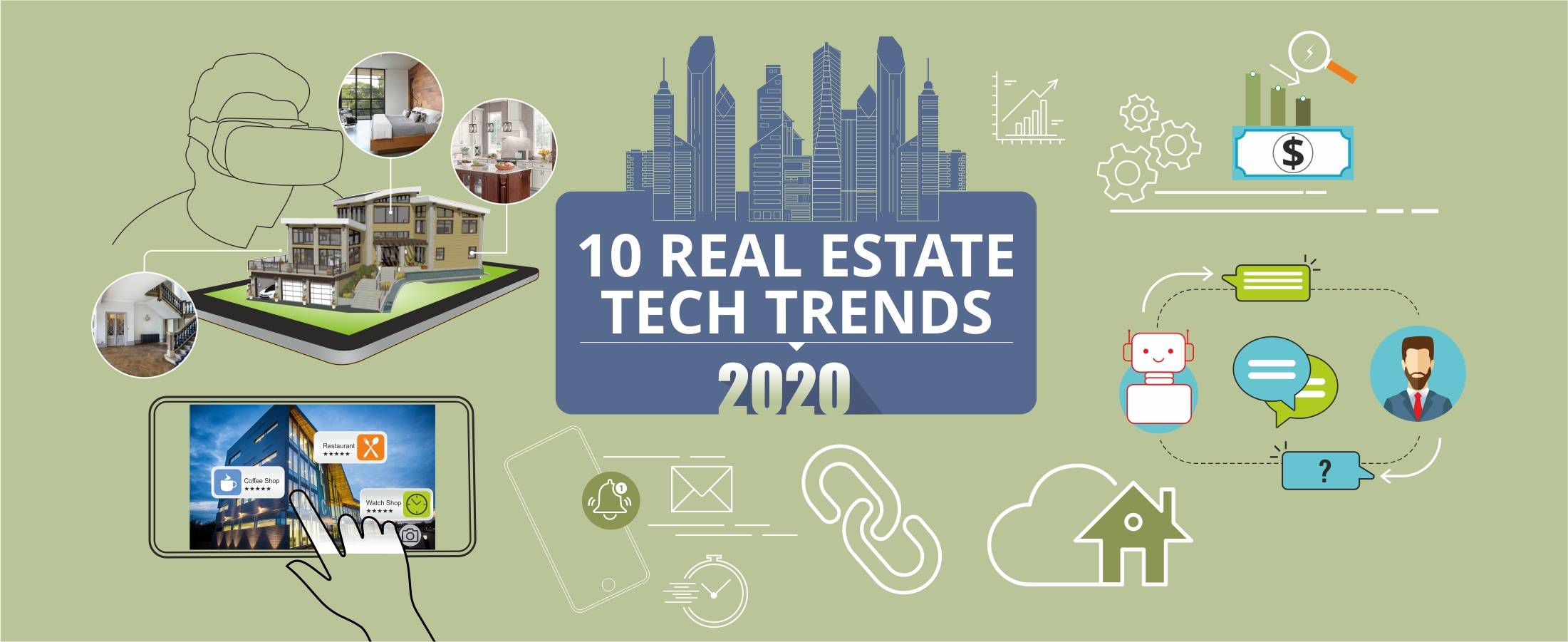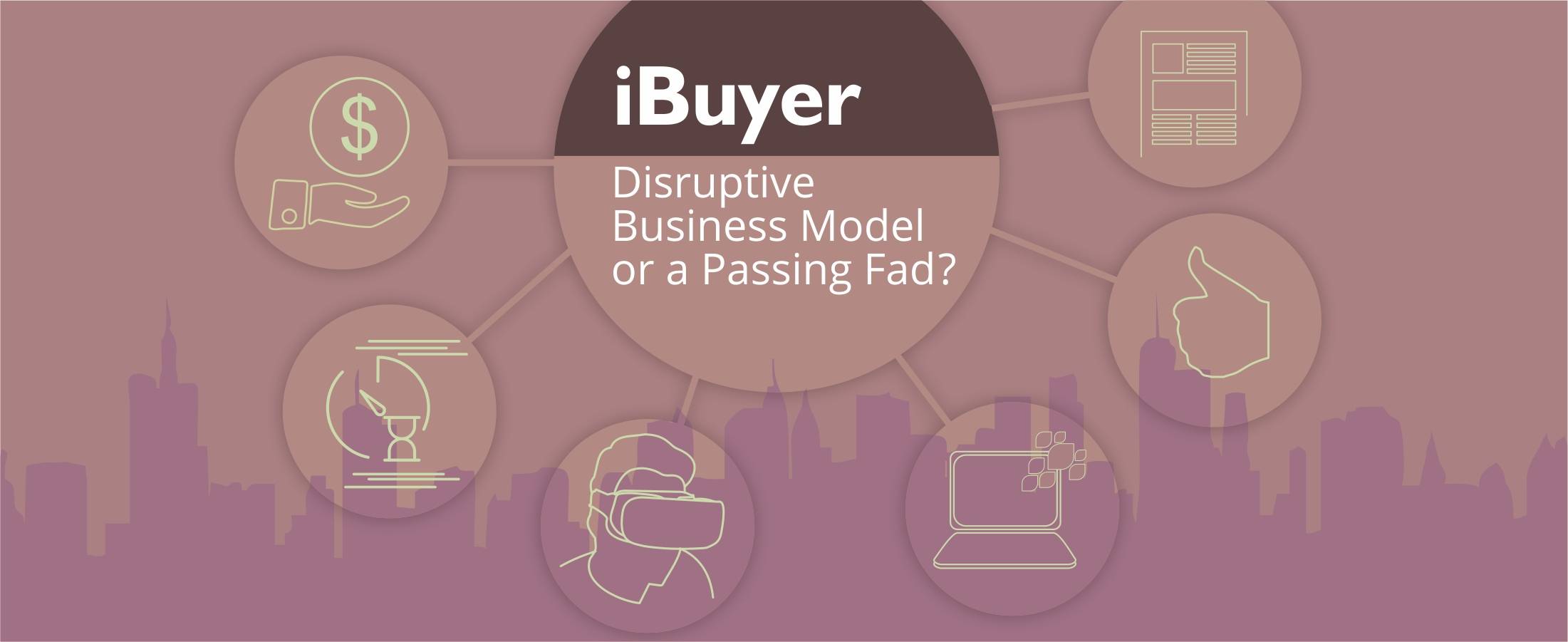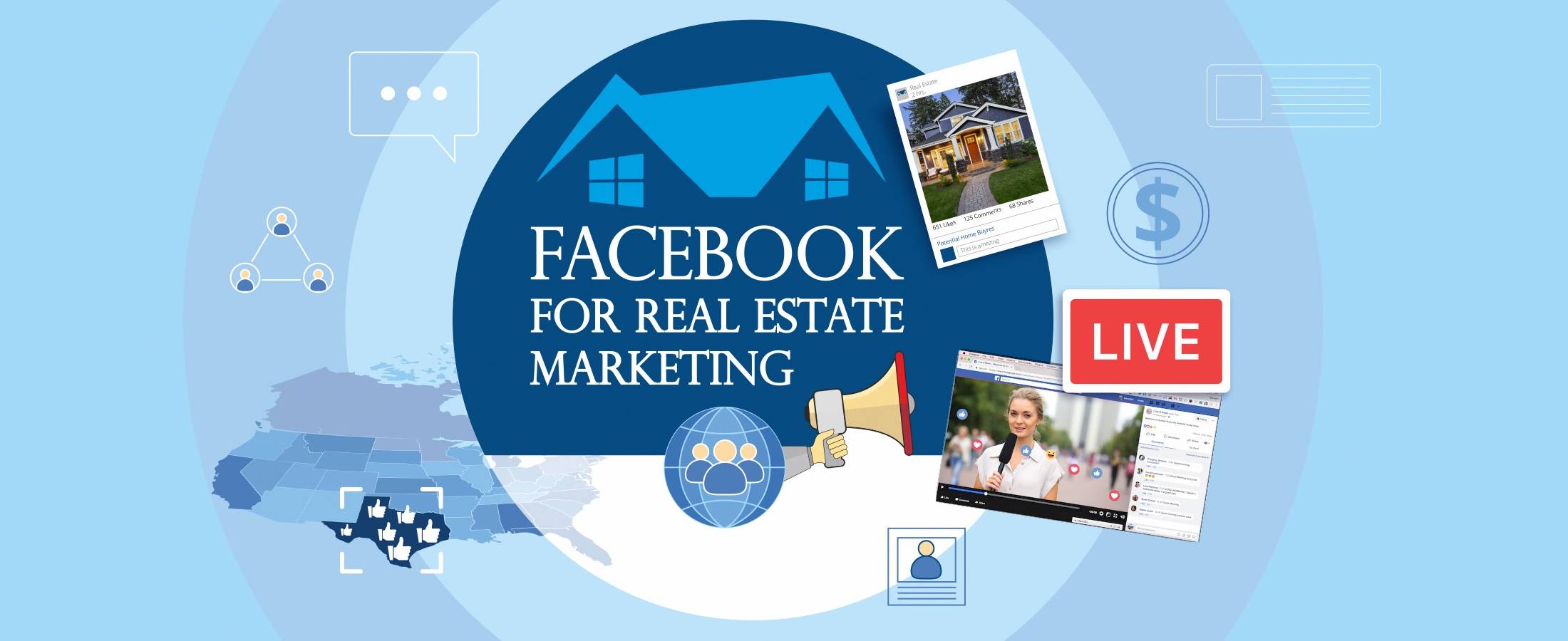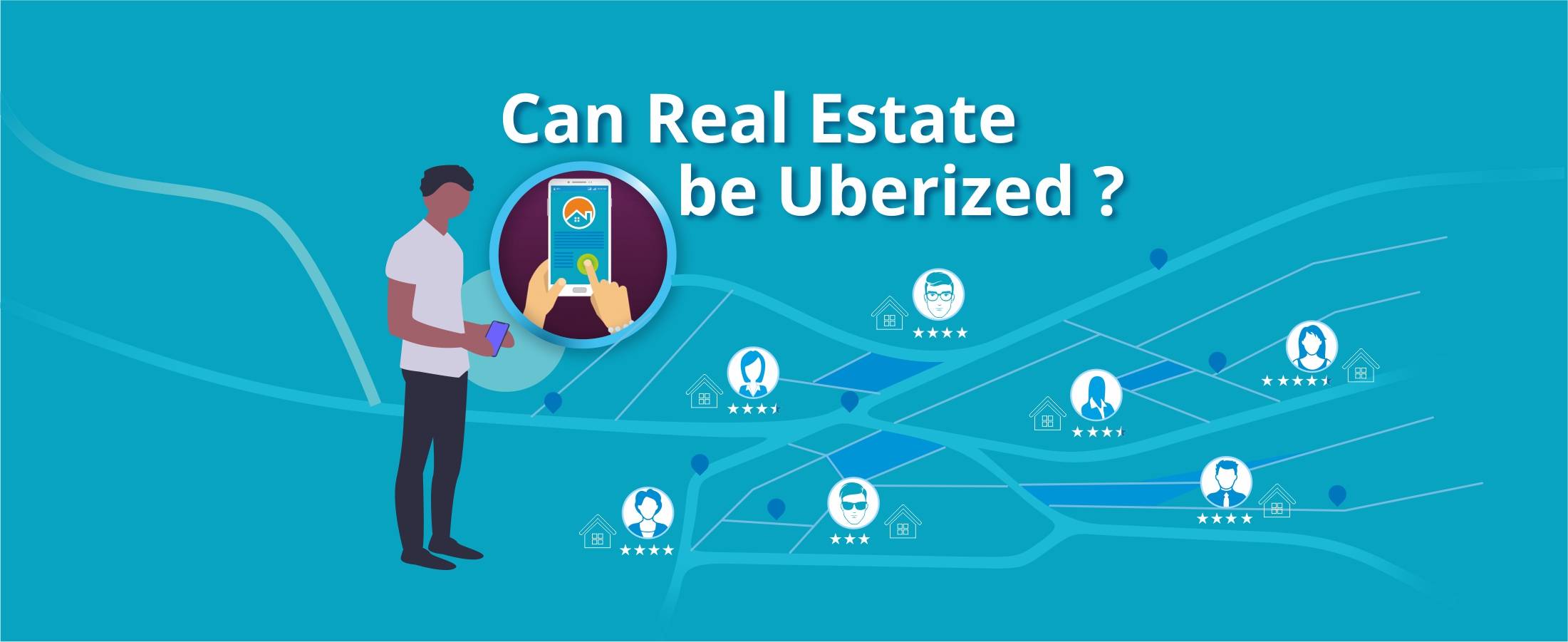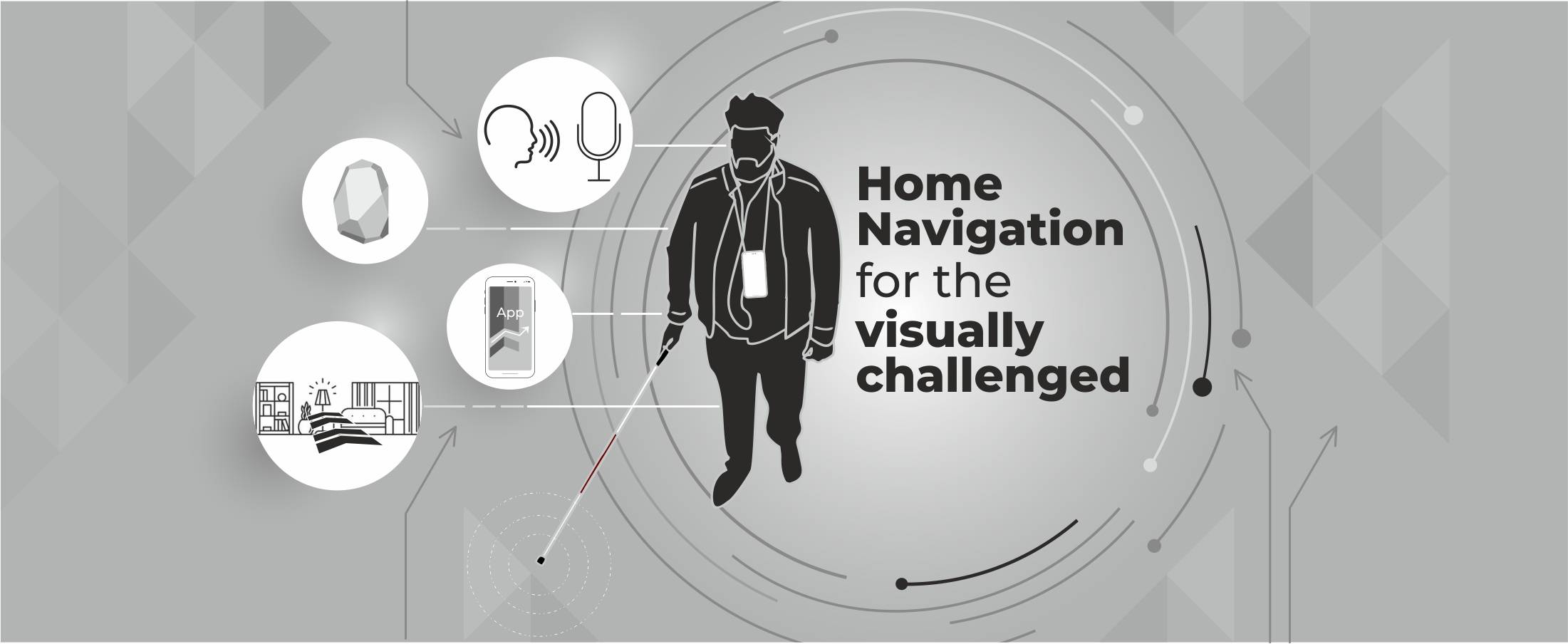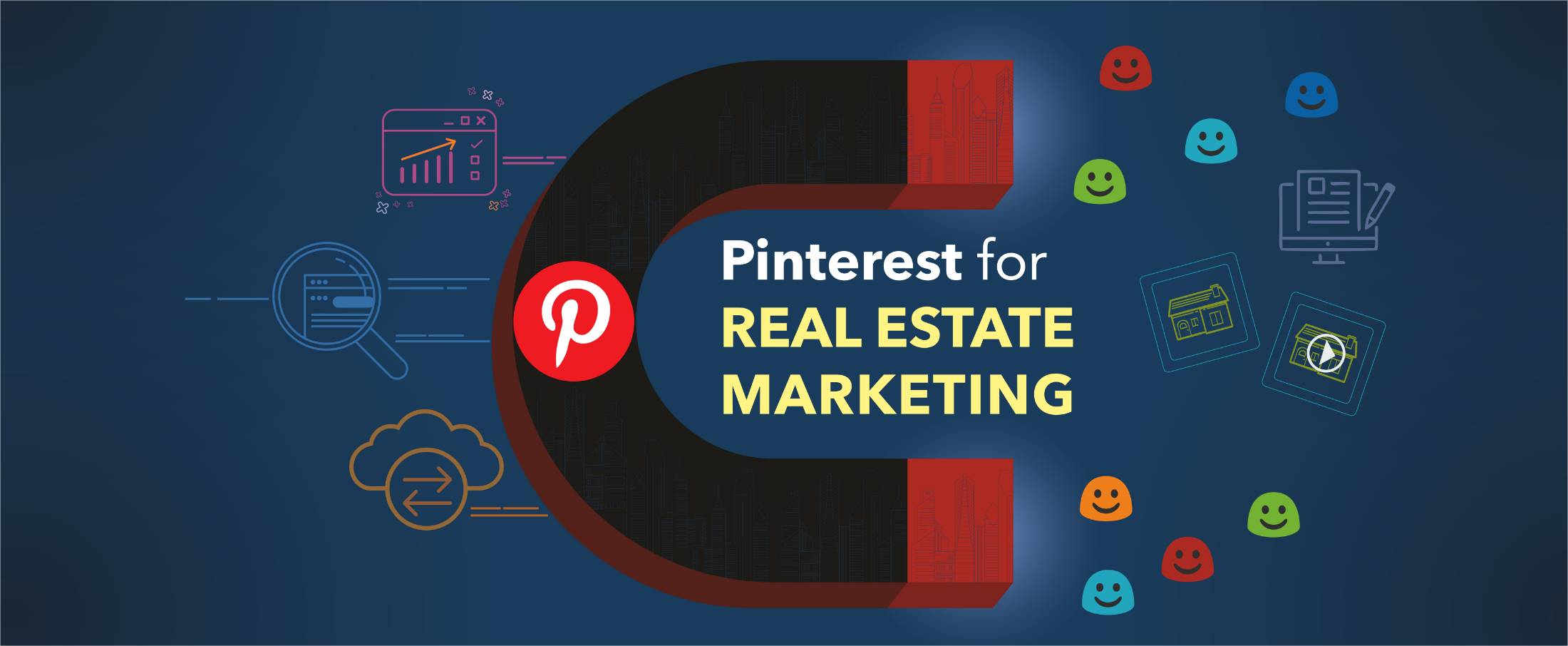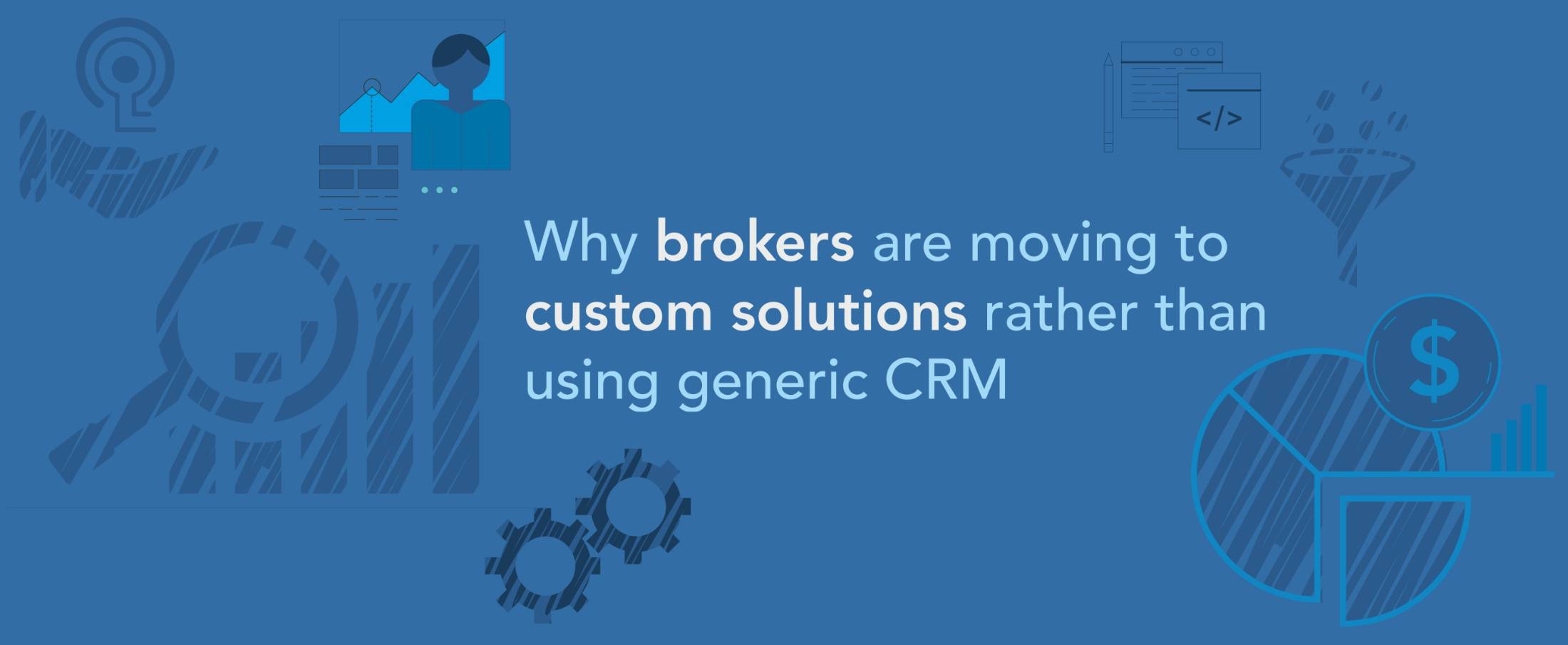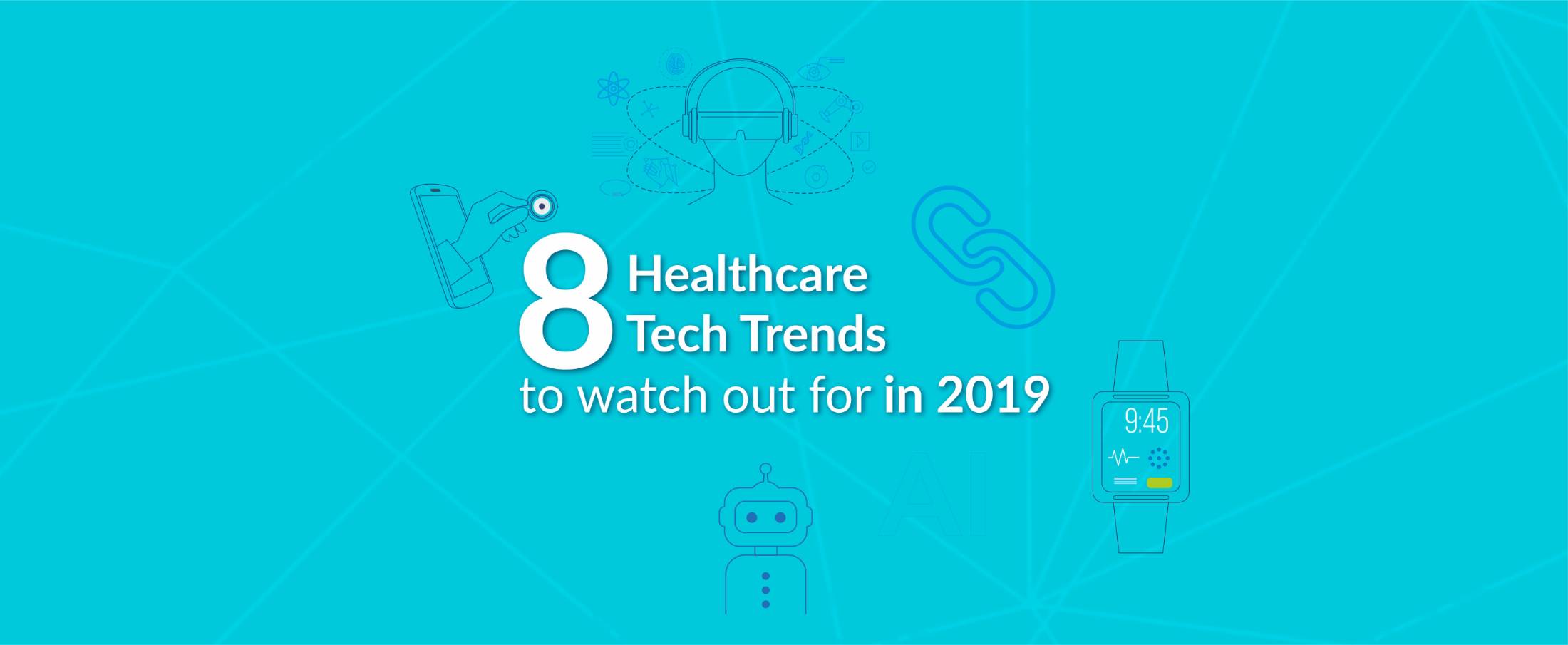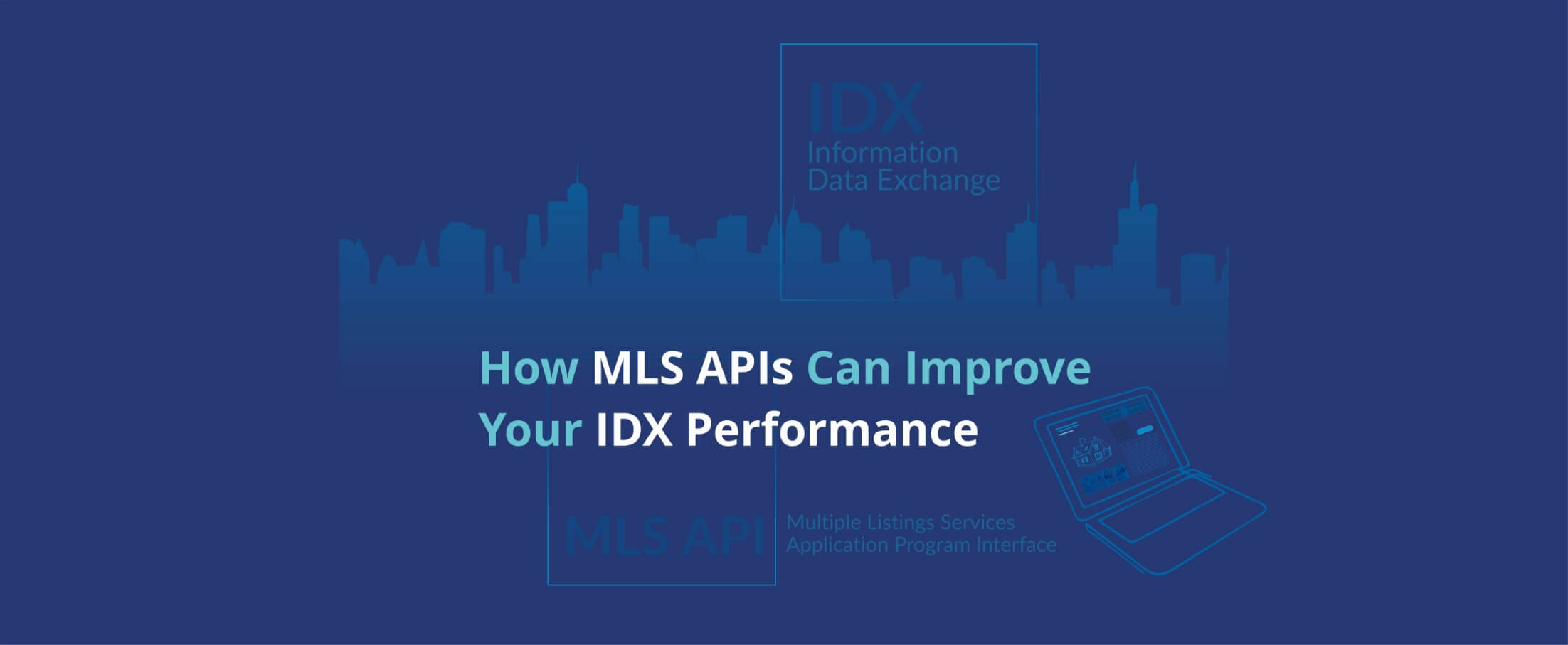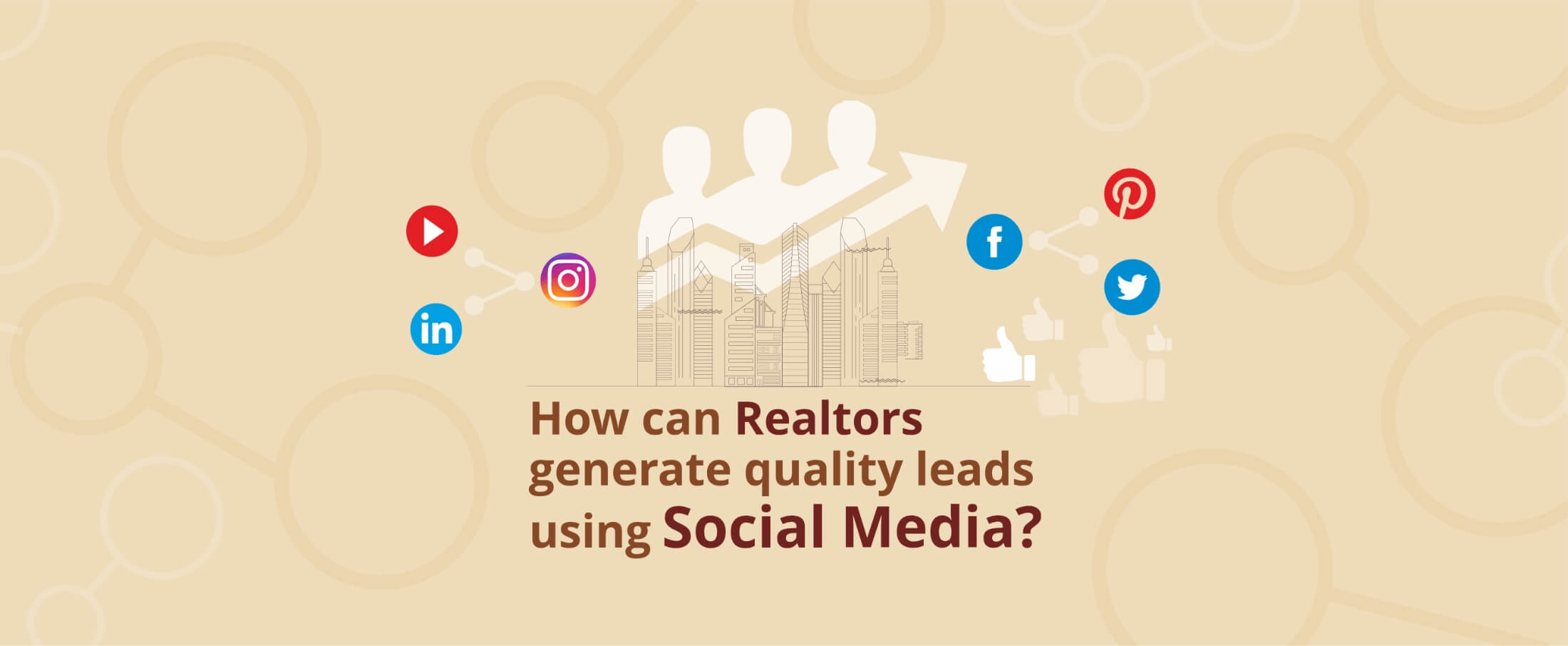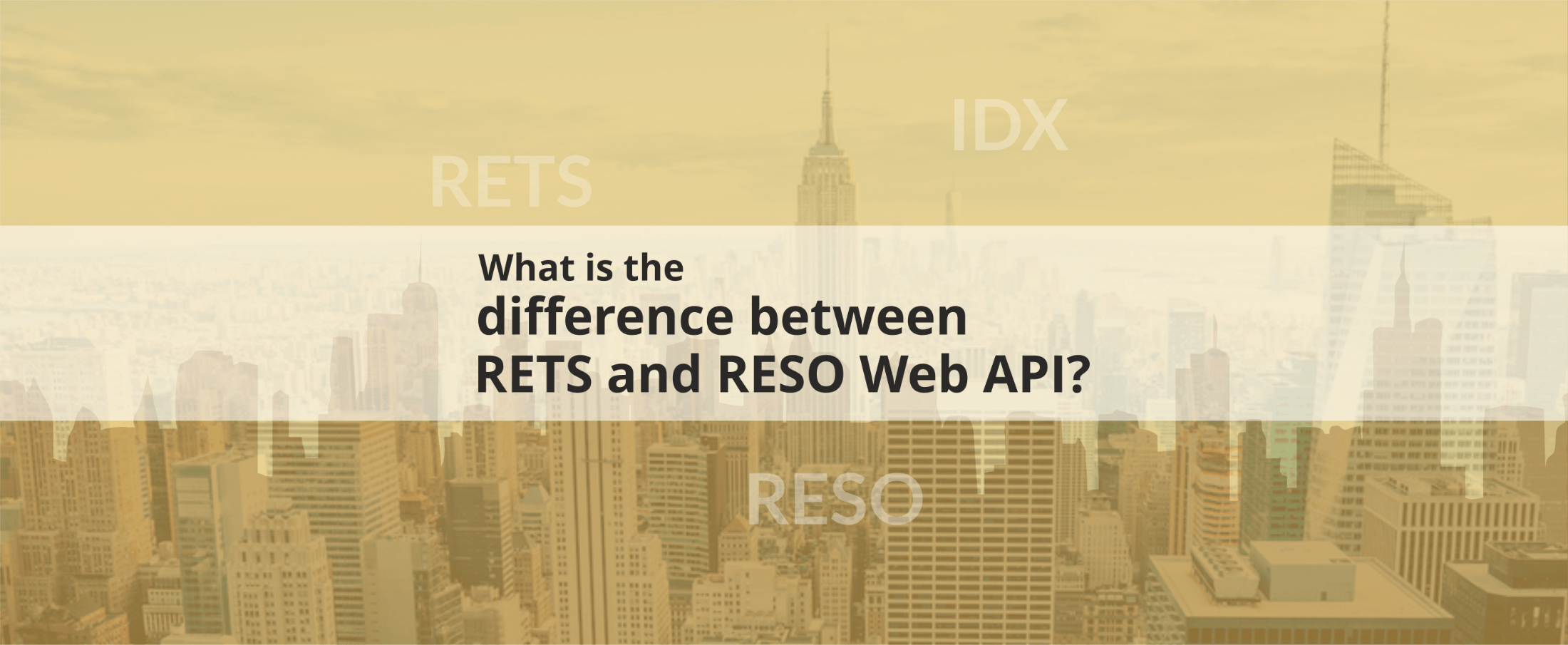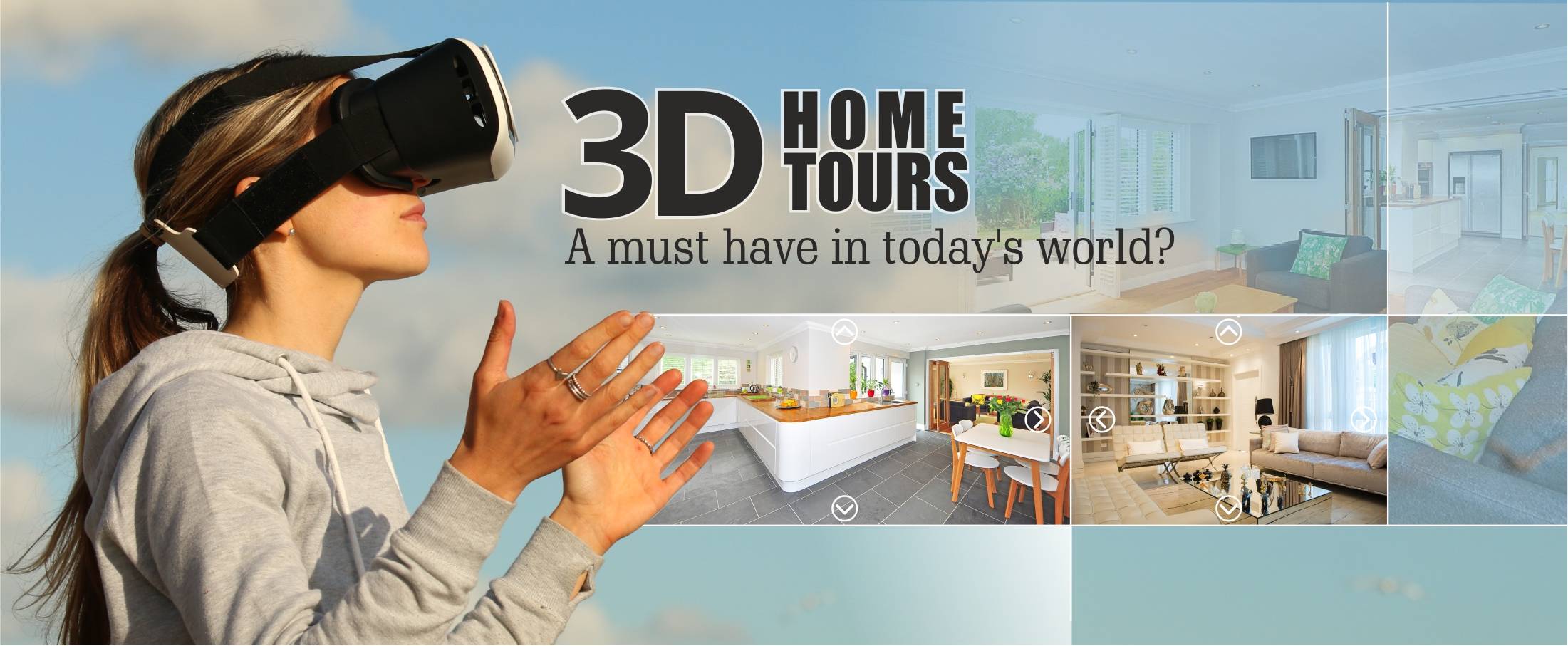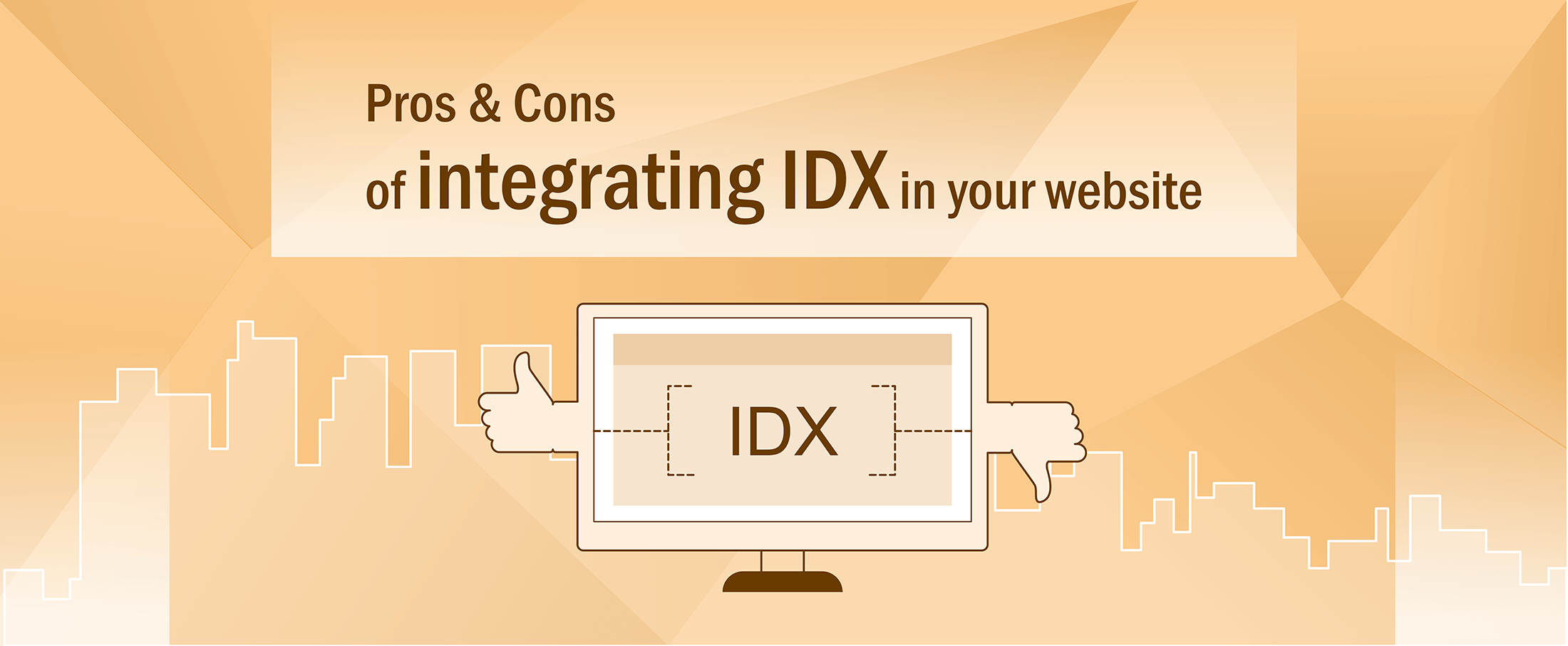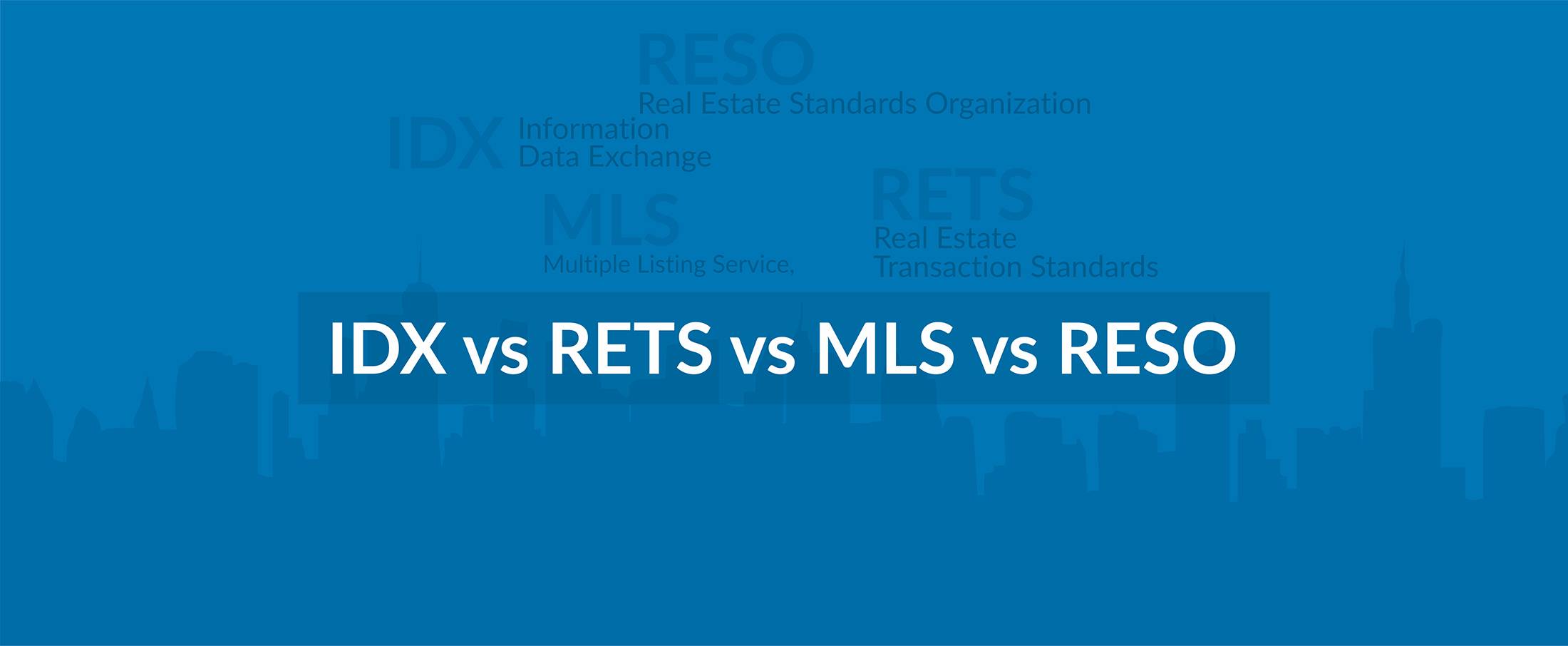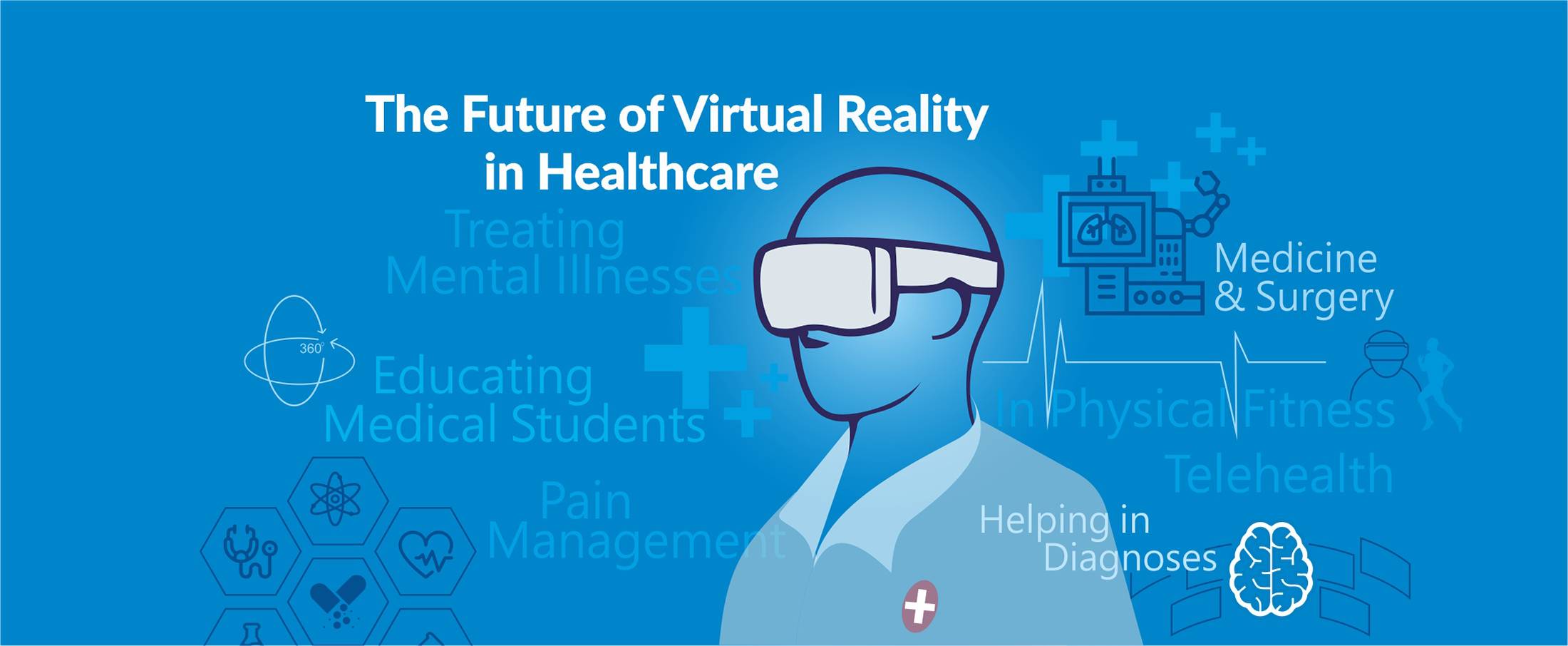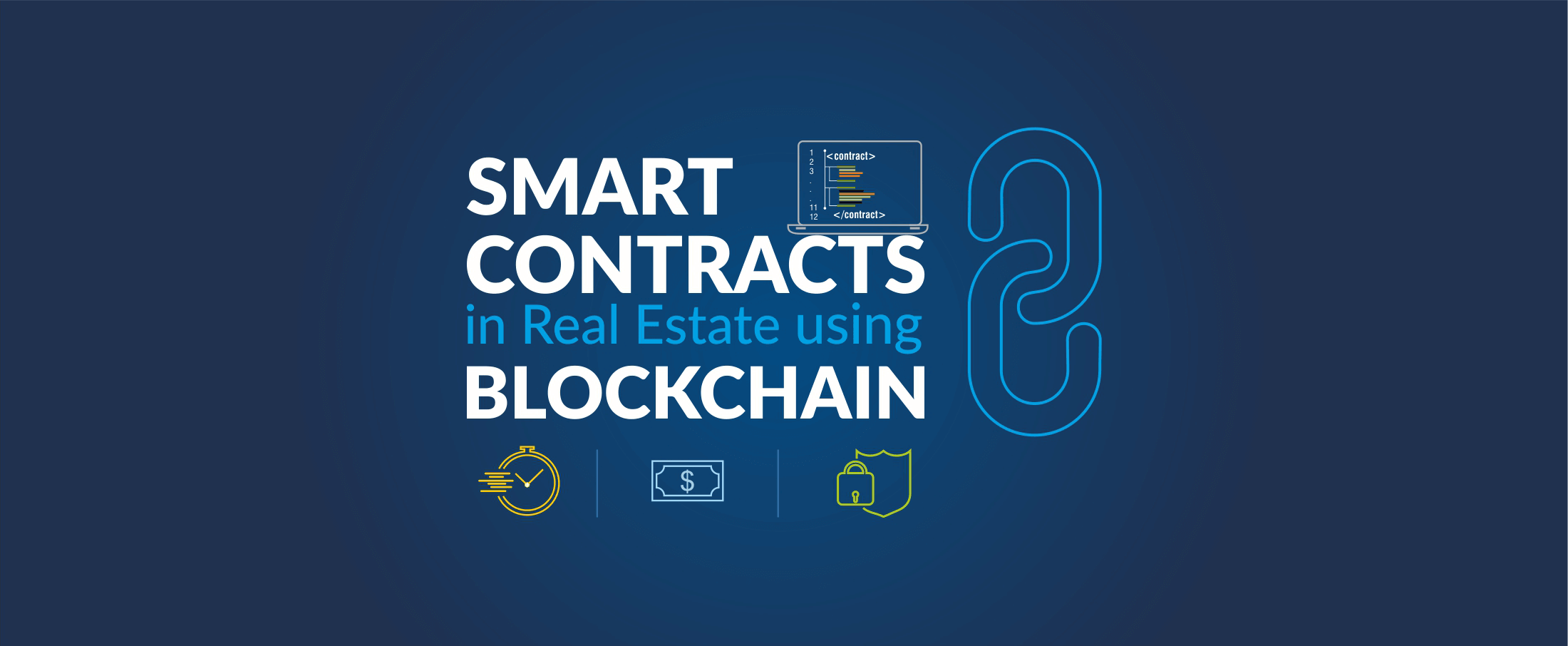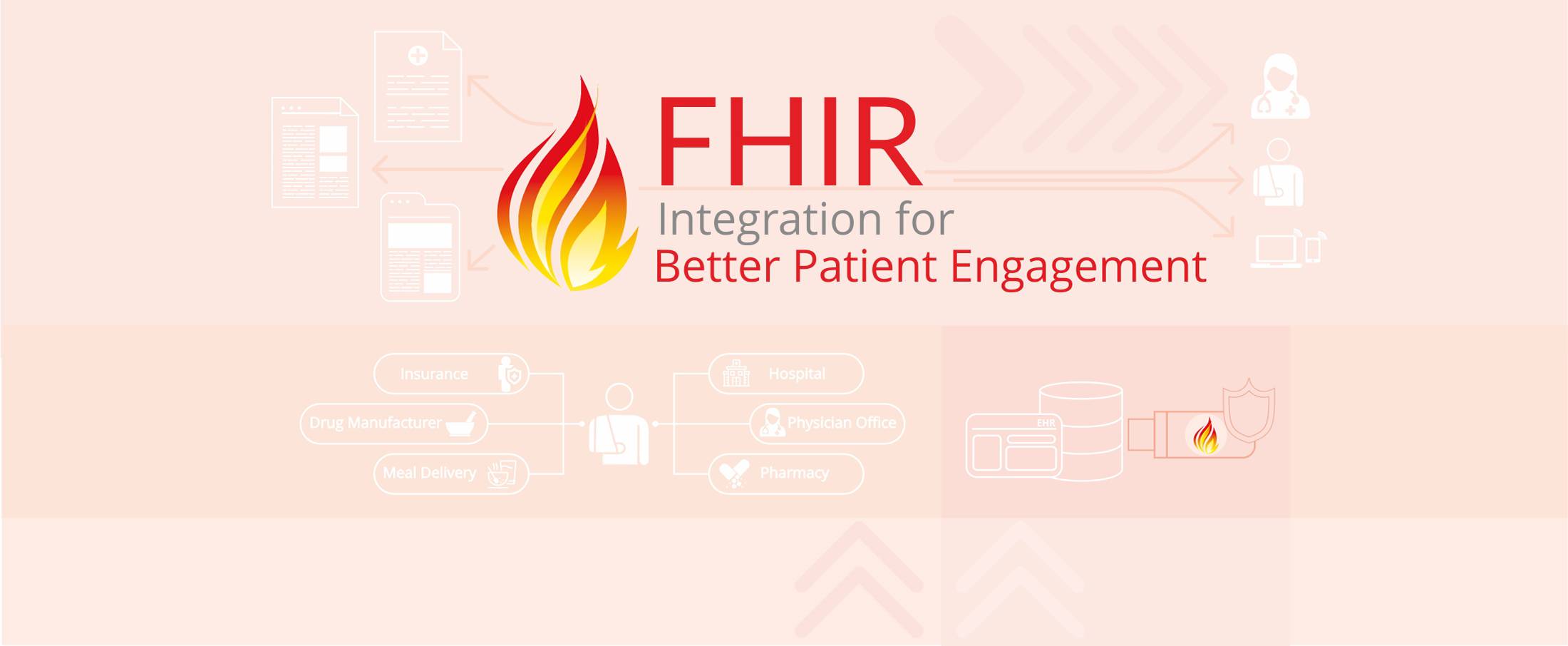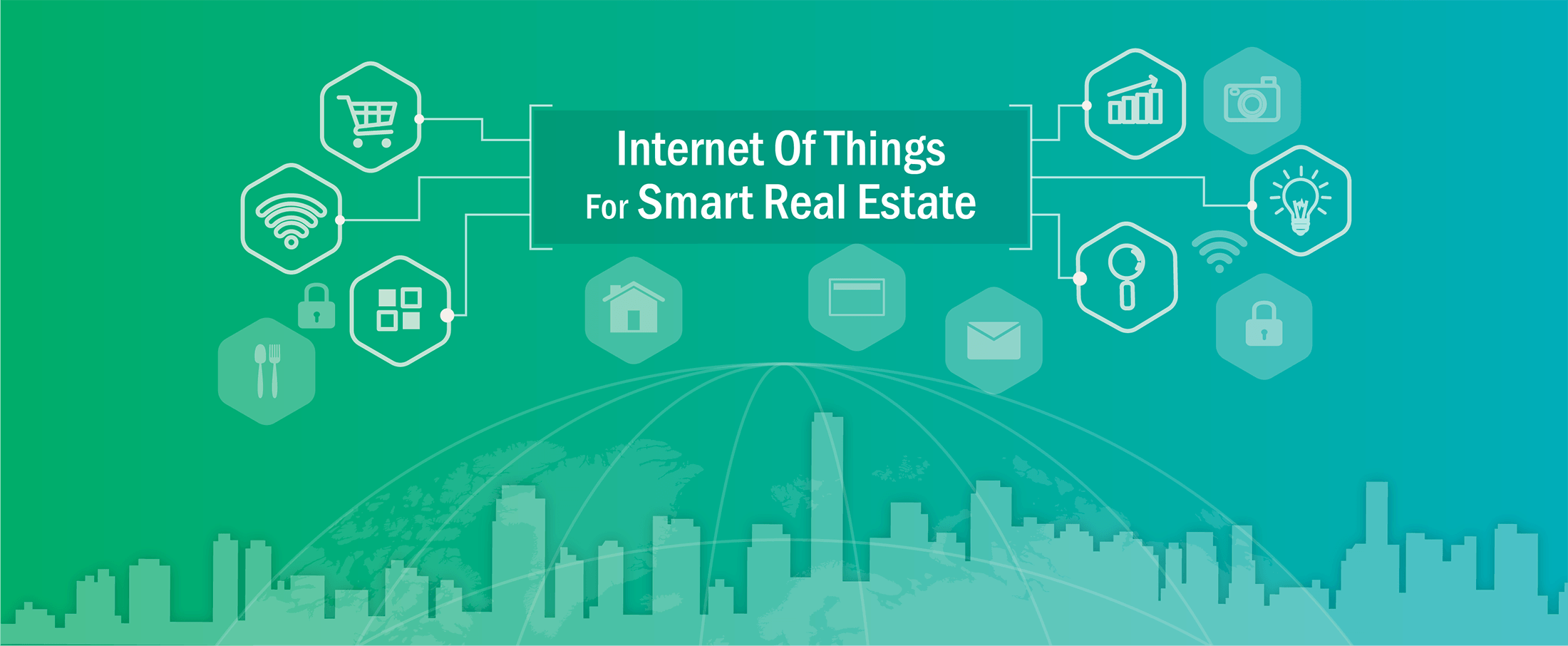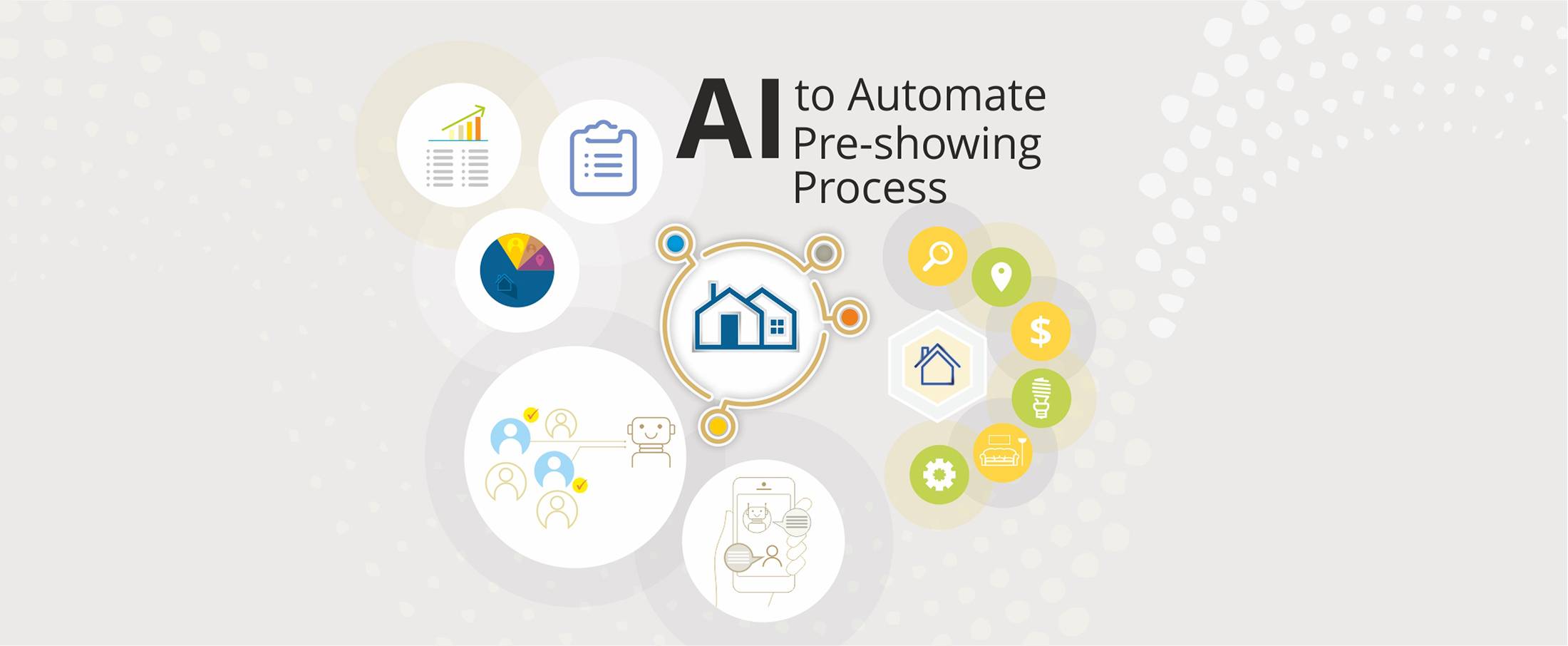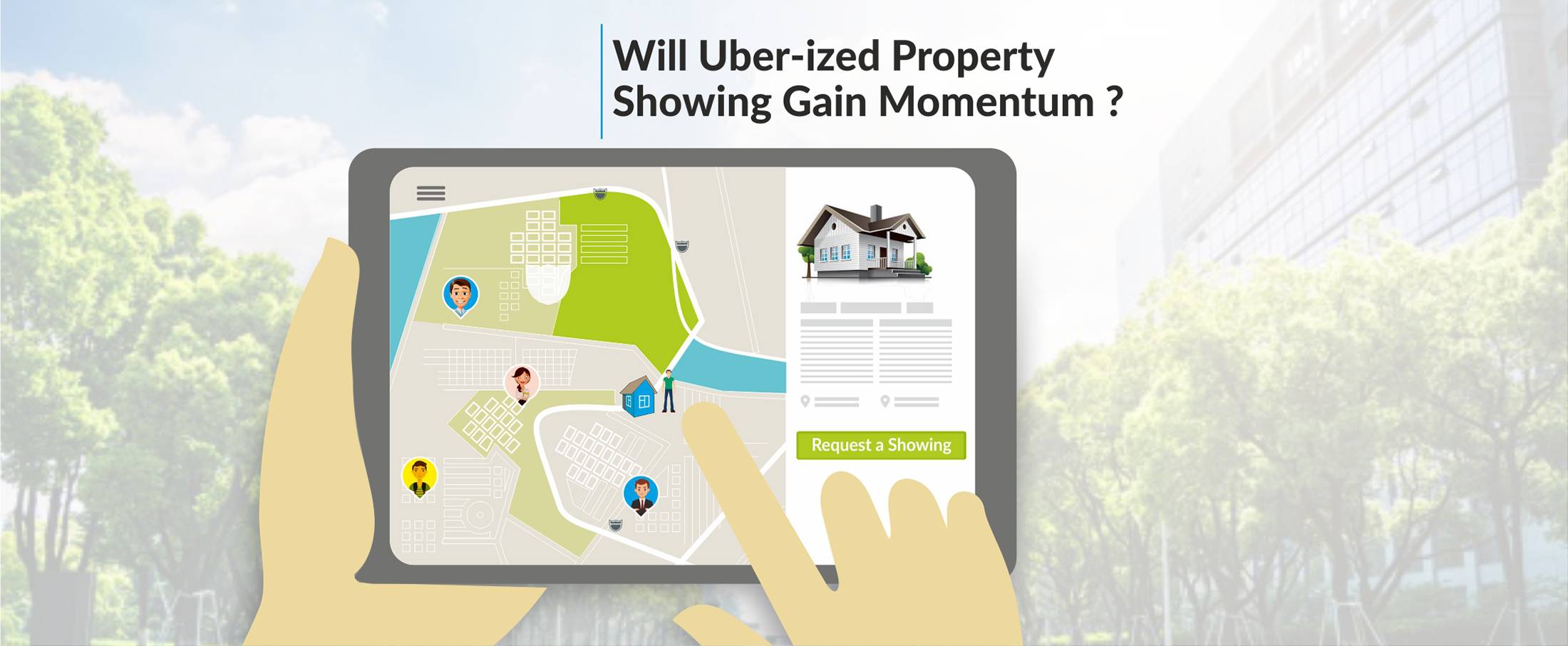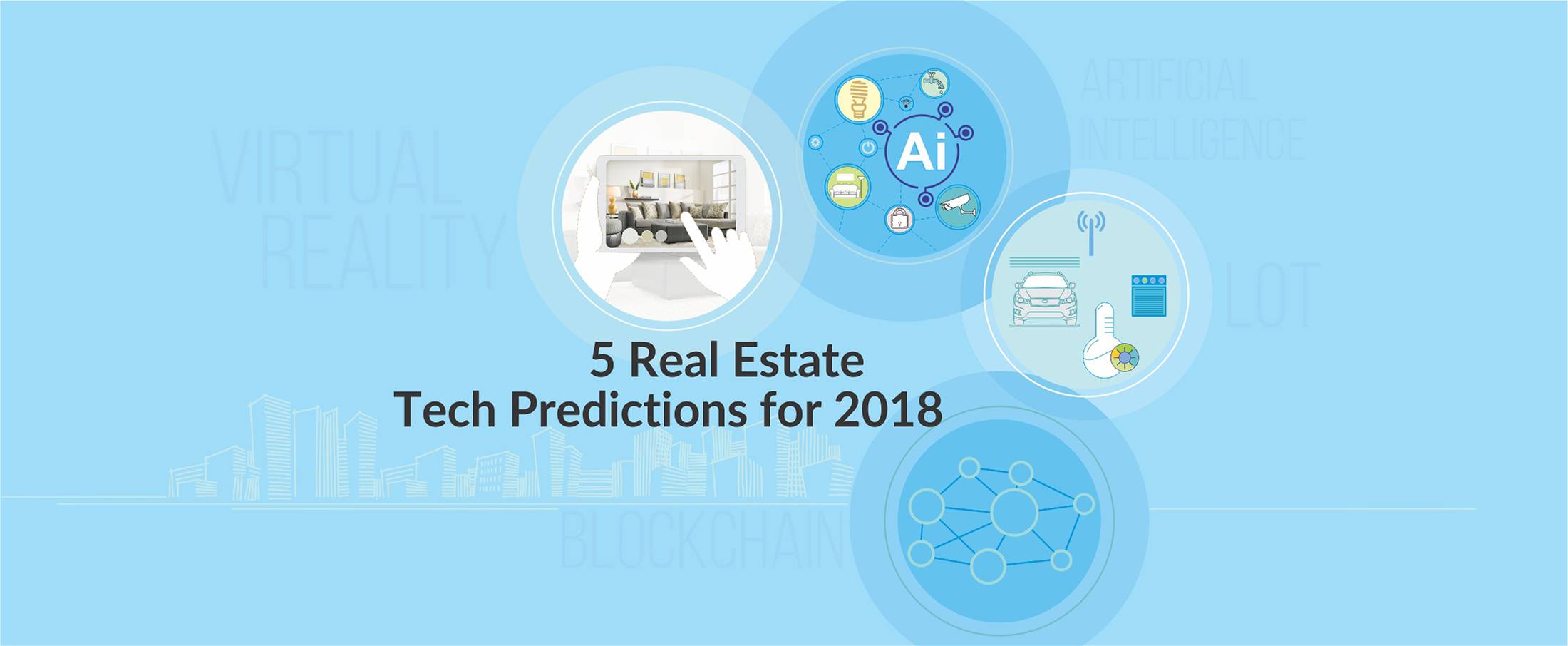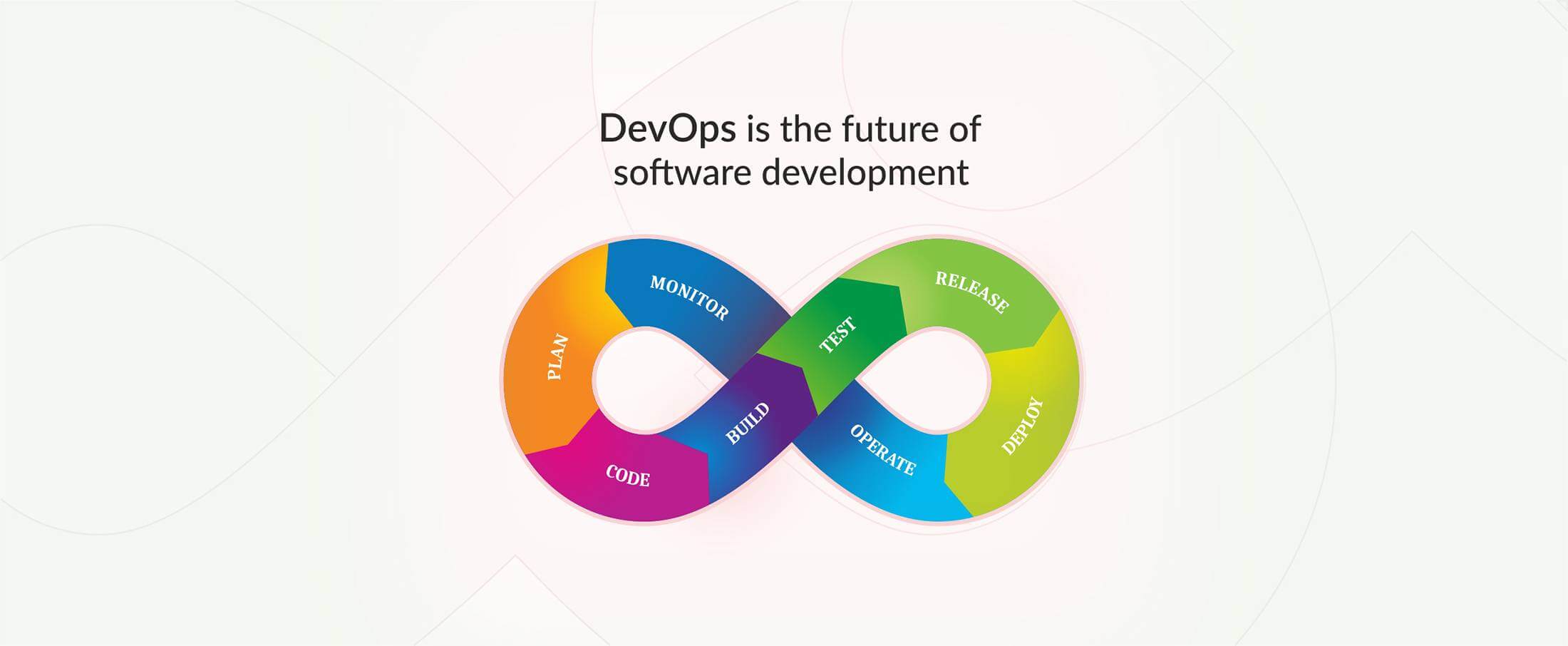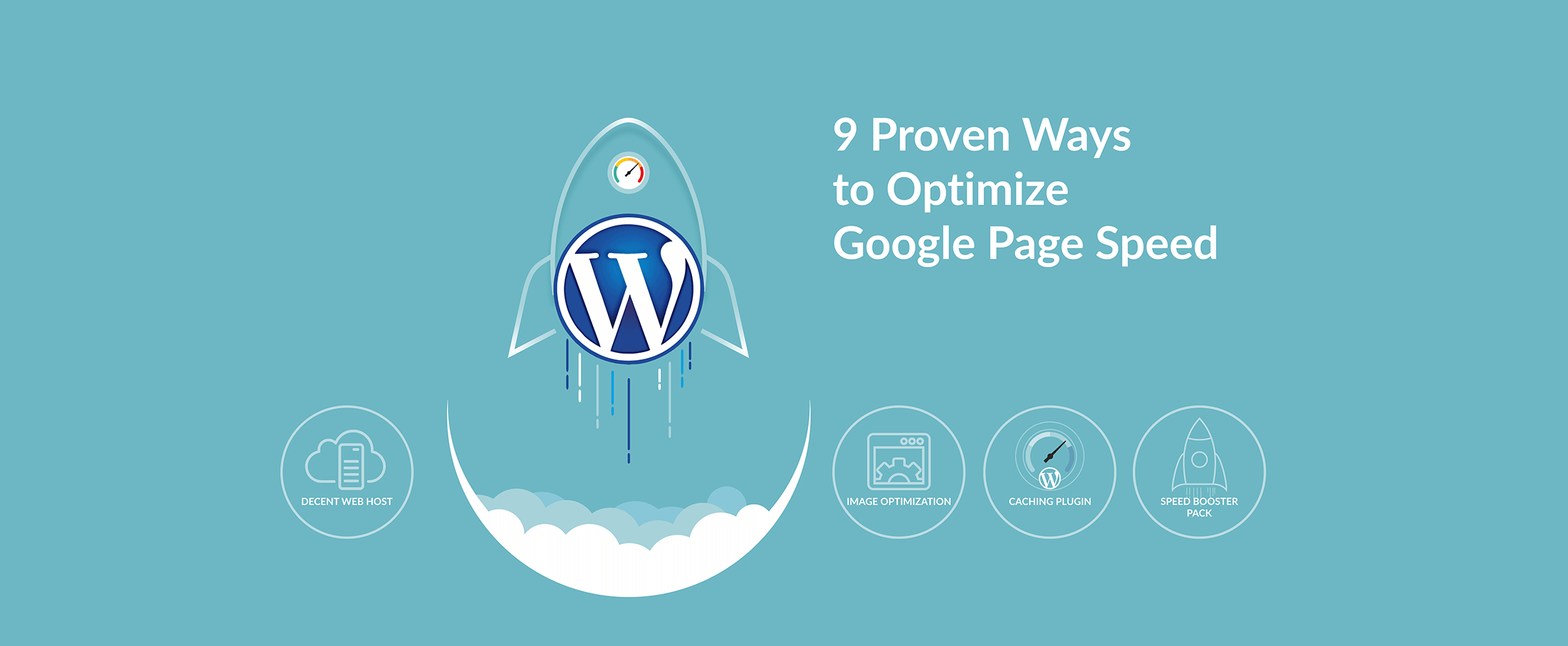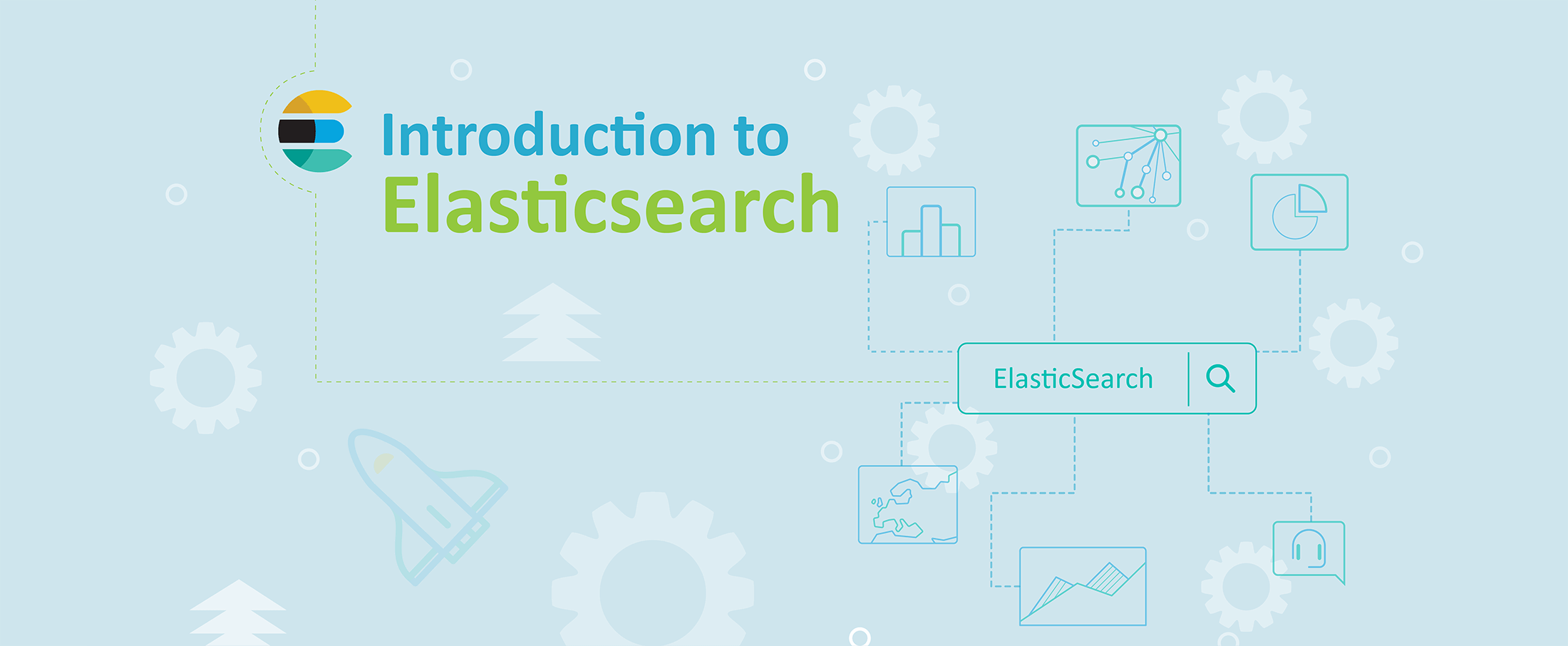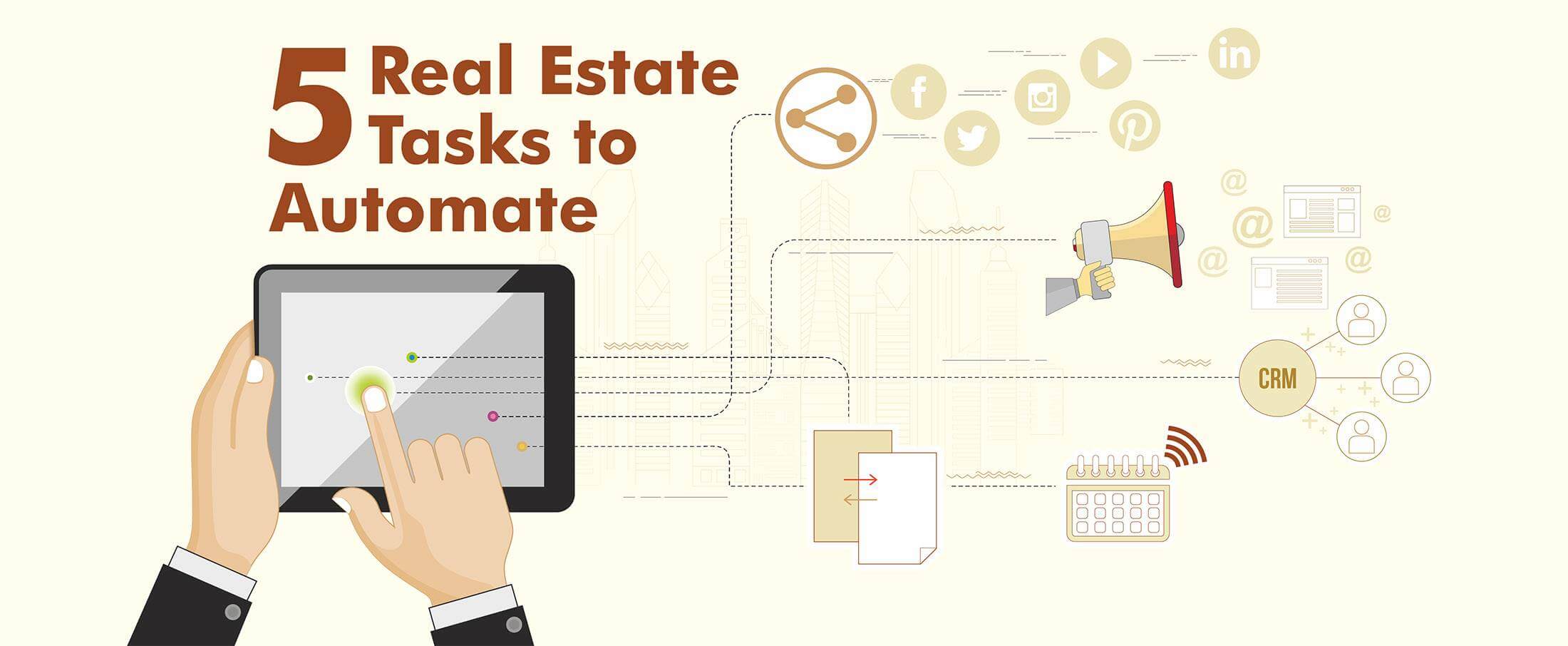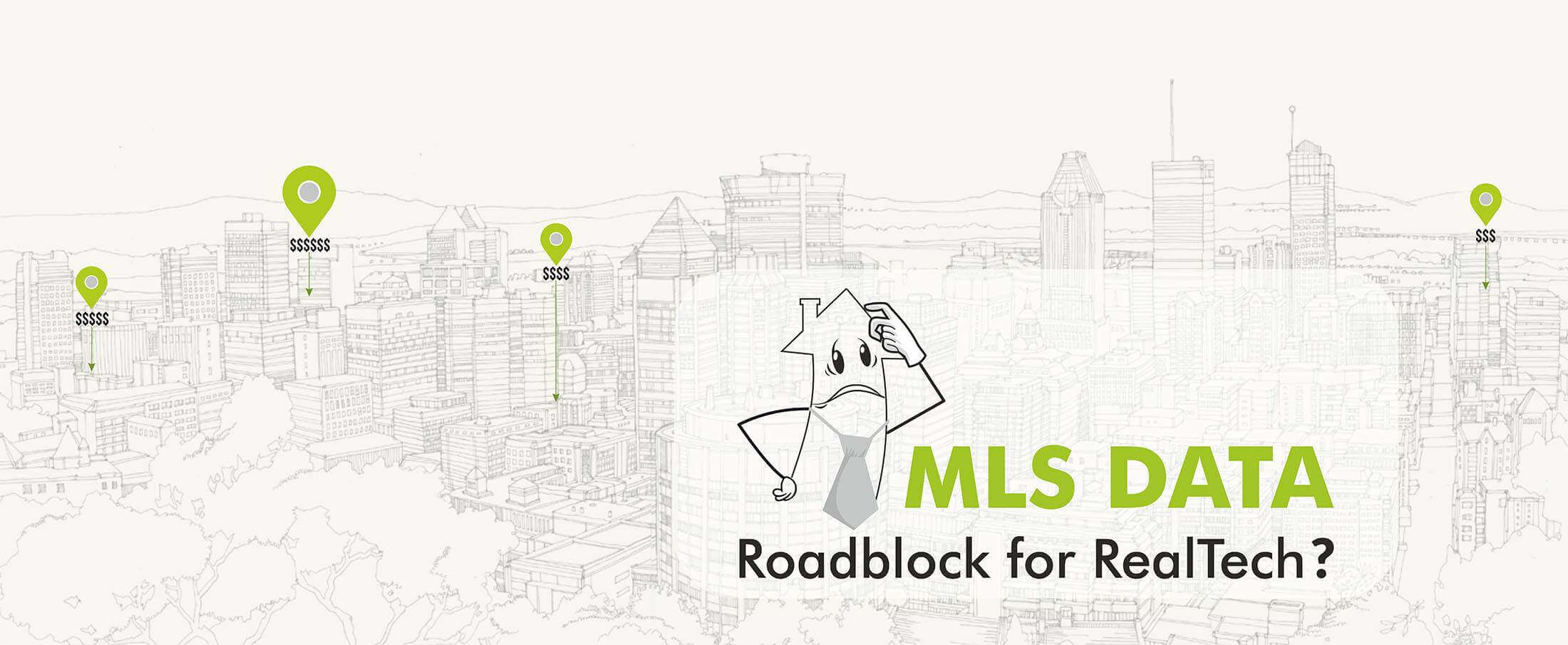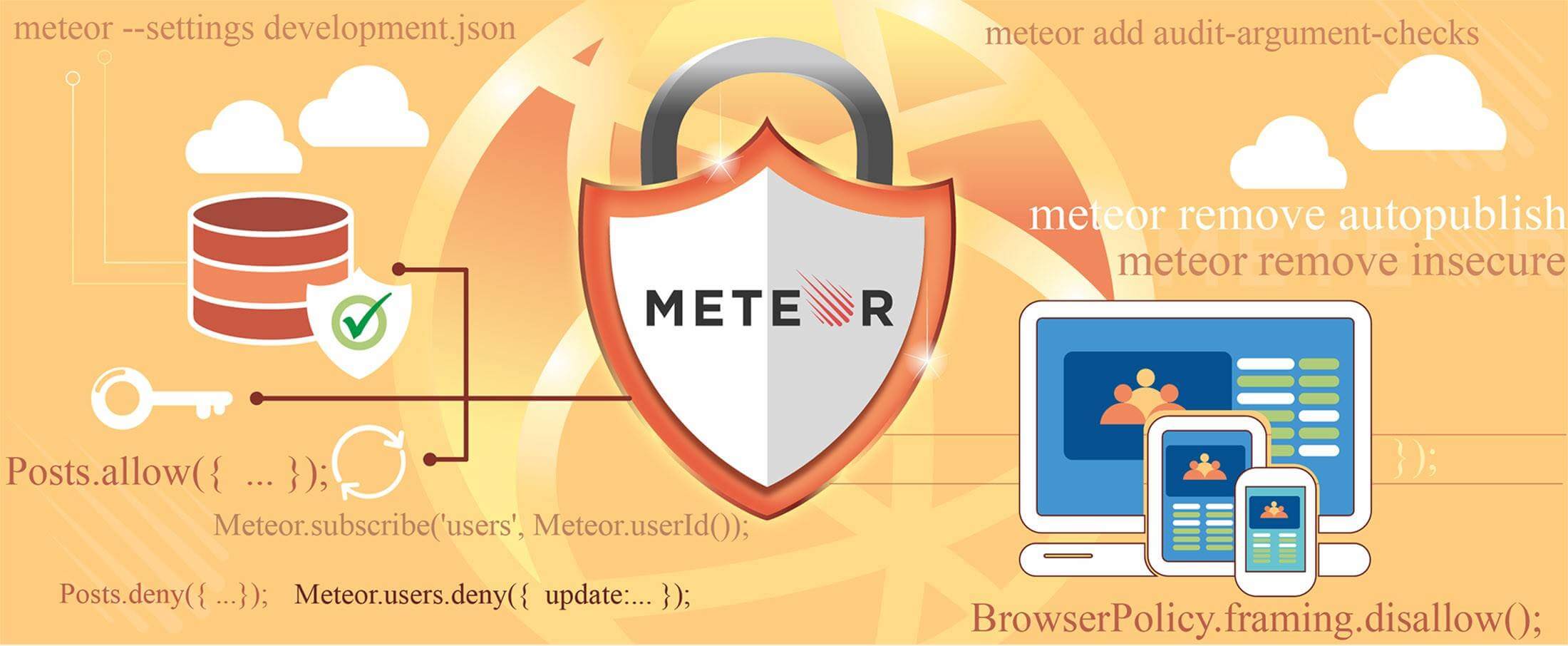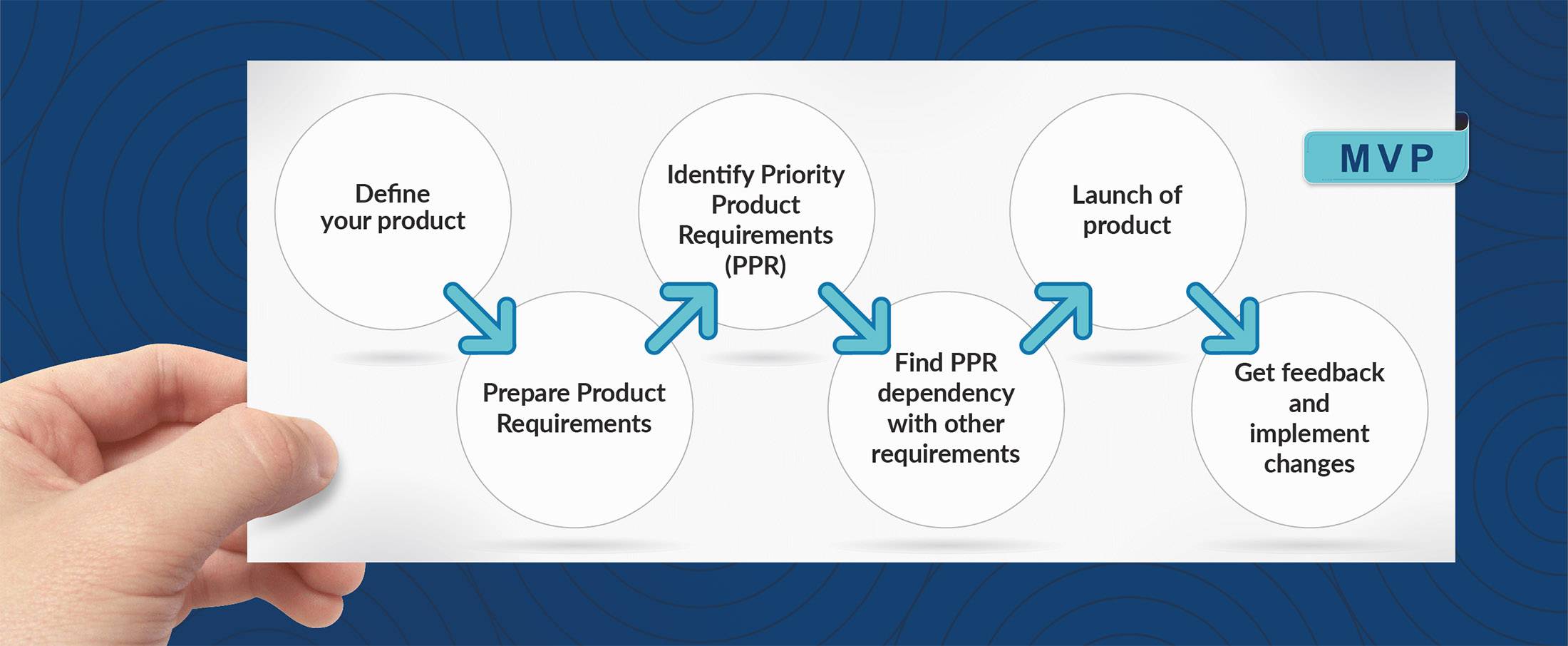Will Virtual Reality in Real Estate Replace Property Showing?
Will Virtual Reality in Real Estate Replace Property Showing?
Picture this – you want to buy a property, but it’s still under construction. You visit the sales office, and the agent you meet provides all the information about the condo, apartment, or whatever property you are looking at. And then, something amazing happens. Instead of showing you pictures off a brochure, the agent puts a headset on you, and proceeds to show you how your property will look in reality. You can walk through rooms, open doors, place furniture, and check out the views from the window. It is a virtual mockup of the actual thing. Would you go back to the old ways of looking at properties after this?
Virtual Reality in Real Estate
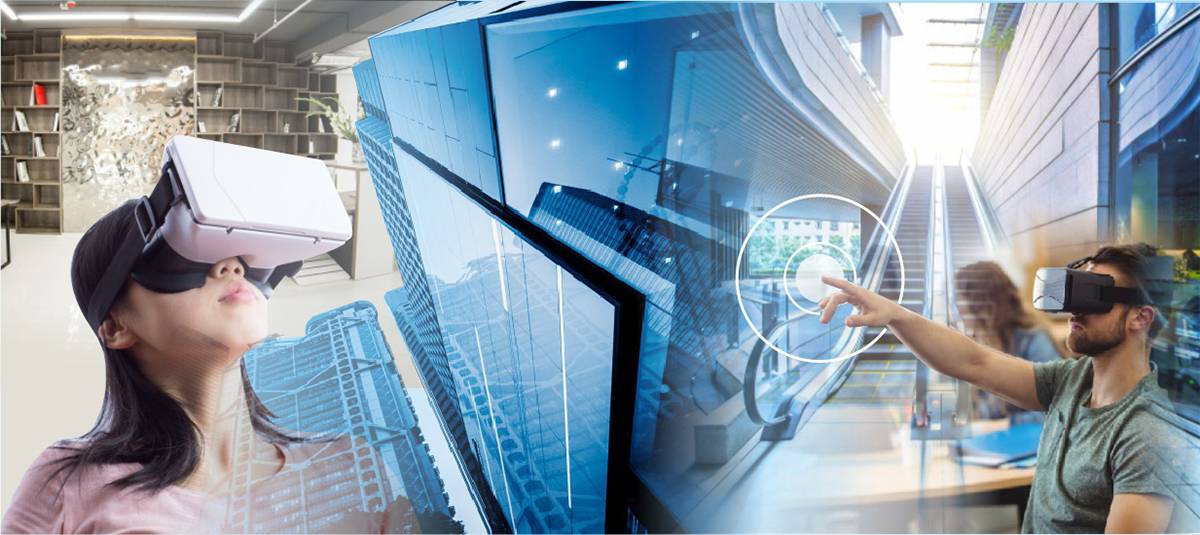
VR is transforming real estate, and it is one industry that can actually be greatly benefited by this. Traditionally, people need to fix up appointments with real estate agents, schedule showings, and work it all around availability of the property and the agent.
In many cases, where the property is new or being rebuilt, or is even unfurnished, it is difficult to give prospective buyers an idea of how it will look once it has been done up properly. Being able to get the feel of a place before it is completed has a tremendous effect on buyers. It is easier for them to envision what’s in store, and it is easier for agents to make a sale. If a buyer knows how his house will look like, right down to the view from his window, then he can make a decision about his feelings towards the property right away. And let’s not forget the element of surprise, fun, and excitement that comes with being able to do that!
Virtual Reality for Realty
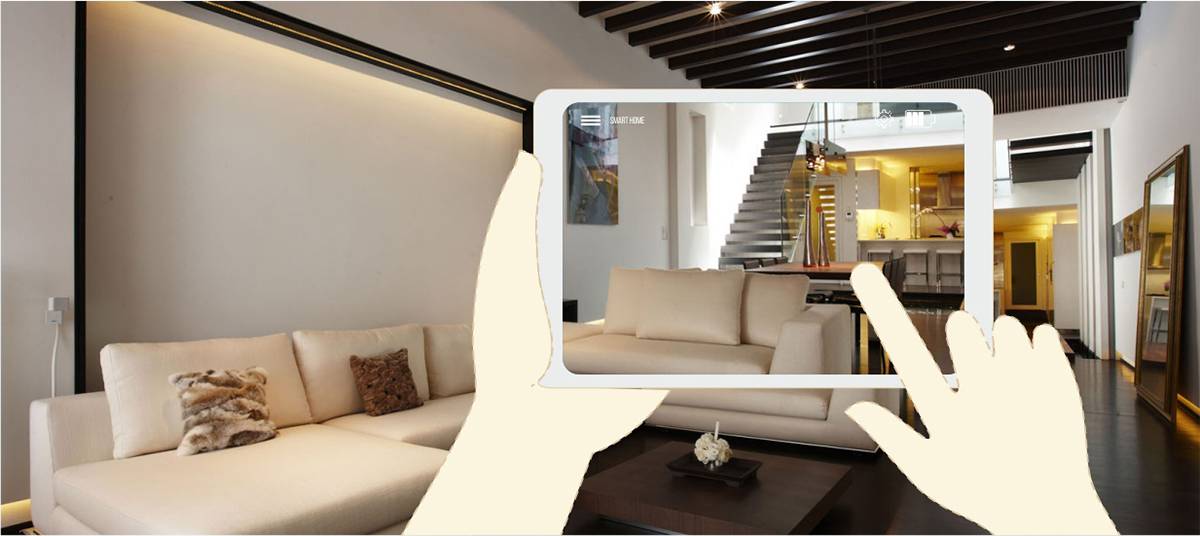
A report by Goldman Sachs suggests that VR is catching up really fast in real estate, and more so in property showings. According to statistics, the report says that virtual reality will become an $80 billion industry by 2025, and a sizeable percentage will belong to real estate tech.
Virtual reality for realty, or virtual realty, involves the usage of VR in real estate for property showings, interior design, renovations, etc.
Creating Virtual Home Tours
Creating a VR experience of a property takes about 48 hours. It involves creating the space in real 3D, and stitching photos within the simulation for aspects such as outside views. VR headsets are now available in a variety of options, right from features to cost. Some popular examples of this are Google Cardboard, the Facebook-bought Oculus Rift, and the well-known Samsung VR gear. A little bit of internet search also throws up a lot of different ways to create your own VR headsets! It’s quite easy, and light on the pocket too.
As for creating virtual properties, Matterport is a well-known company that has designed a Pro 3D camera that scans and captures spaces for simulations. It also maps out entire spaces by collecting spatial data within minutes. The company has ensured that the camera is fast, efficient, and easy to use.
Another known name in the area of virtual home tours is restb.ai, which provides a specialized image recognition AI for real estate. It’s plug-and-play AI automatically tags photos of your property with explicit real estate characteristics. It can classify rooms by type, tag home features, detect logos and watermarks, classify properties by exterior styles, etc.
Virtual Realty Over Traditional Property Showing

So the question remains, will virtual reality really replace property showing in real estate? To begin with, the traditional methods of closing leads and converting them into sales is tedious, time consuming, and fraught with inefficiencies. In that sense, virtual reality does offer some respite. However, VR also comes with its set of limitations. For instance, the equipment and 3D software is expensive. People are still opening up to the possibility of viewing homes in a simulated environment. As of now, it is still considered somewhat of a luxury.
Hence, we can say that although VR may not completely replace traditional methods of showing properties as of yet, it is on a positive path. Soon, people will be able to view properties from the comforts of their homes, and visualize much more easily. VR will redefine home-buying for certain.
- Property Showing
- real 3D
- Virtual Reality
- Virtual Realty
- VR
Mobifilia
26 March 2018
